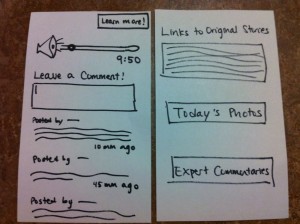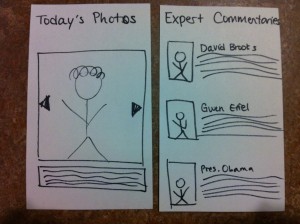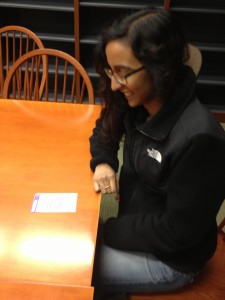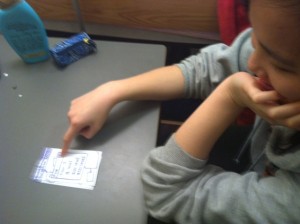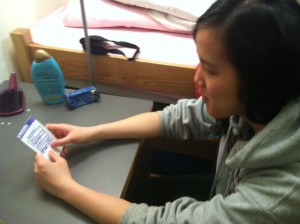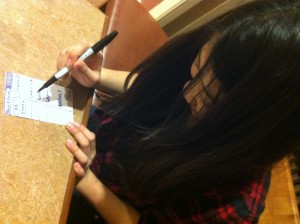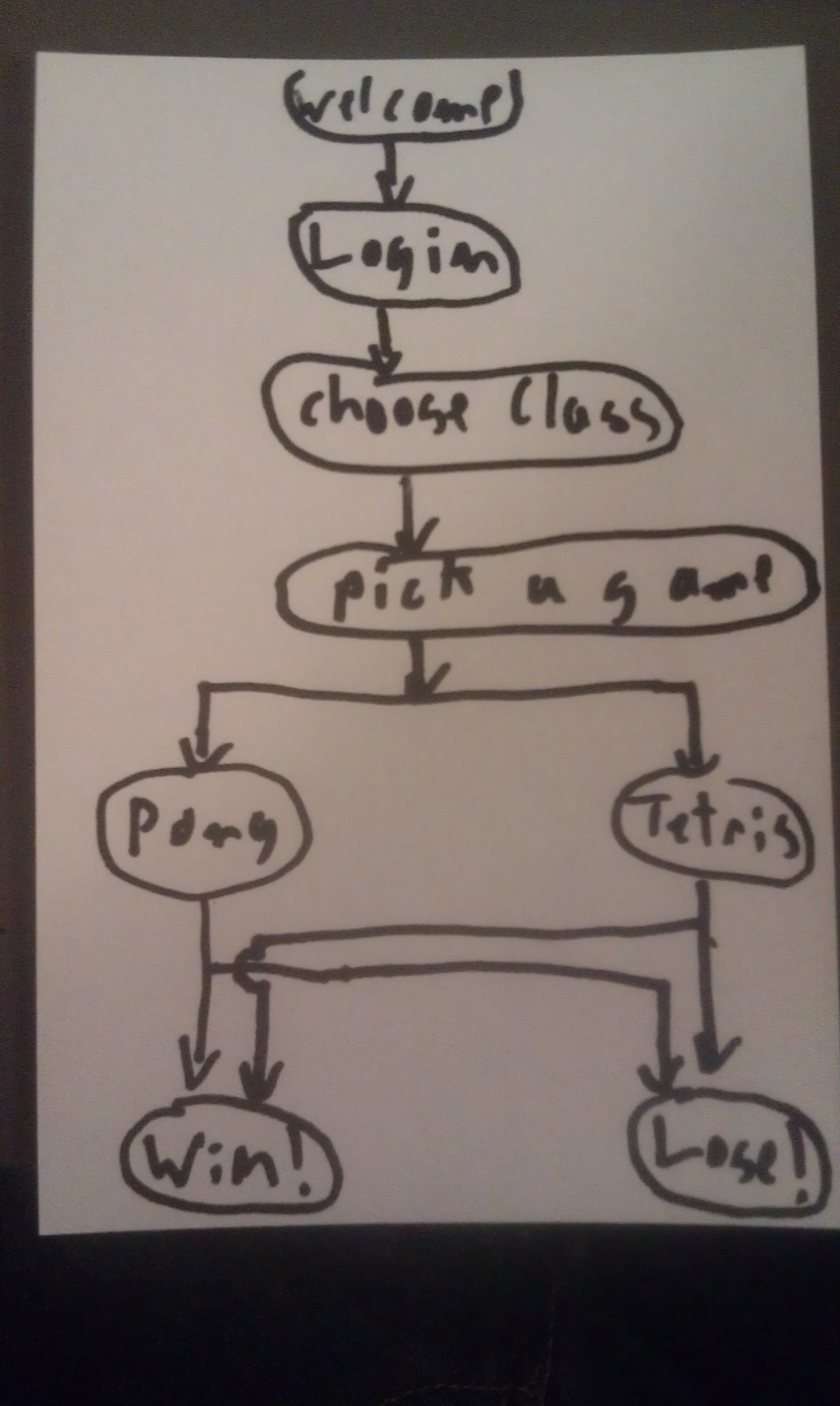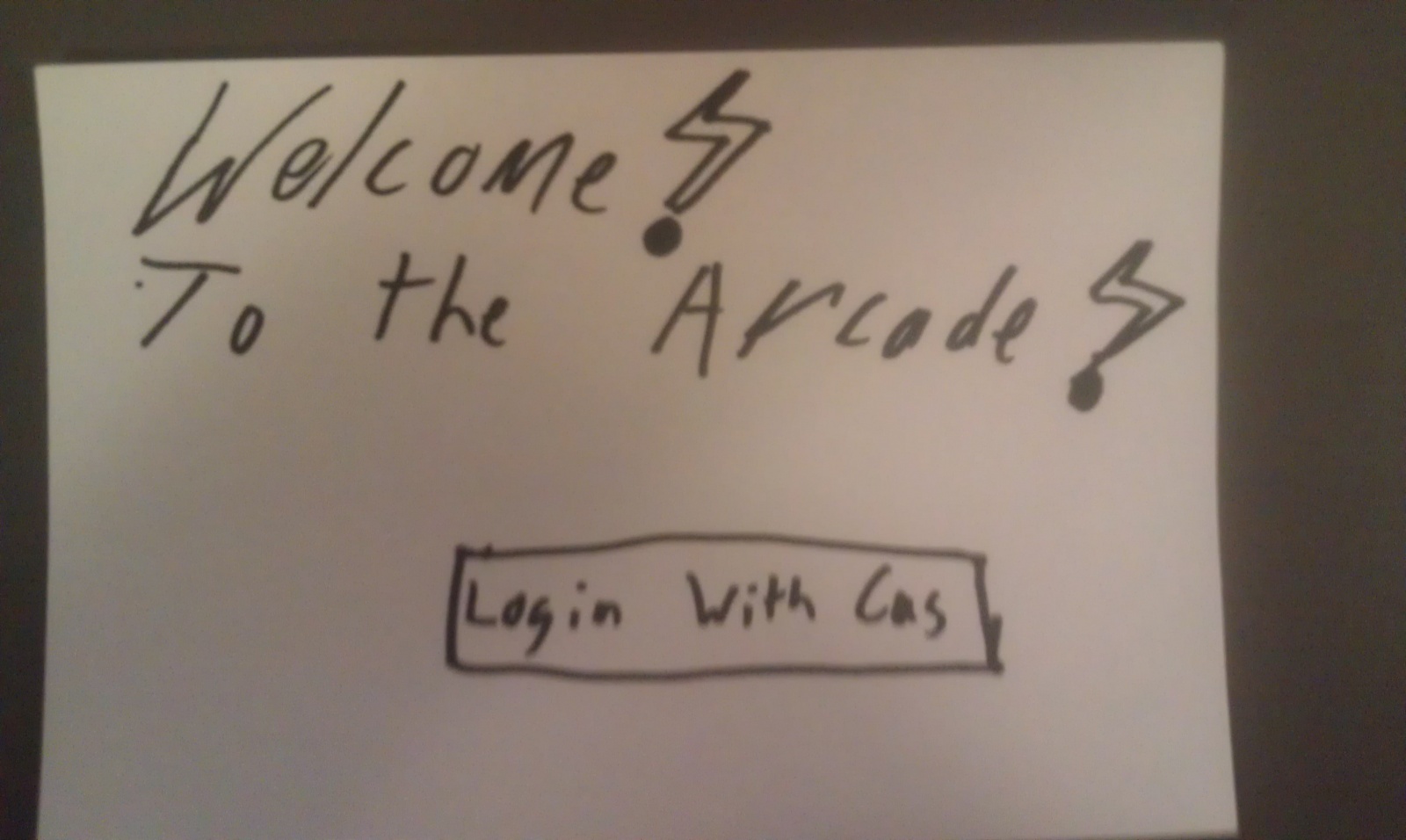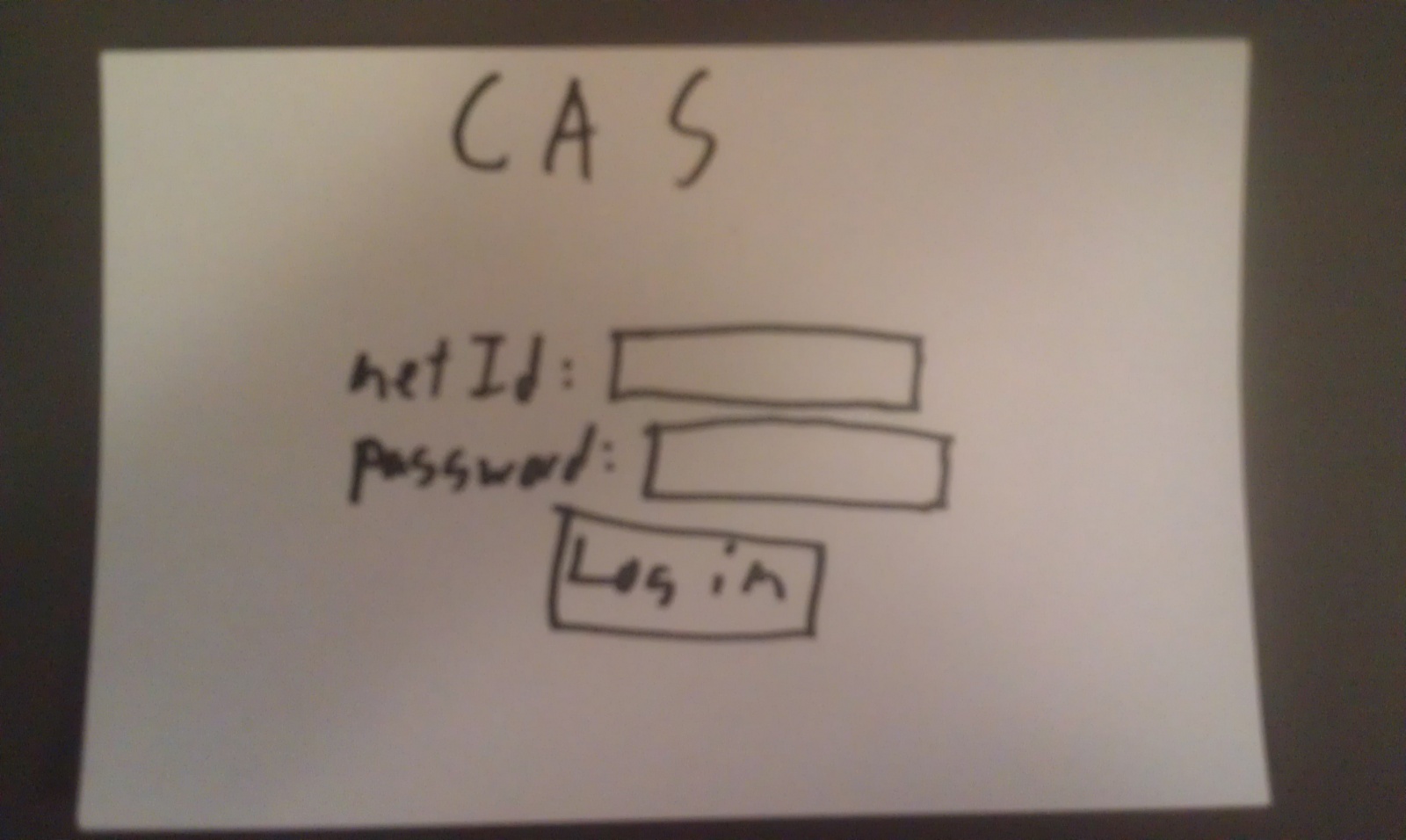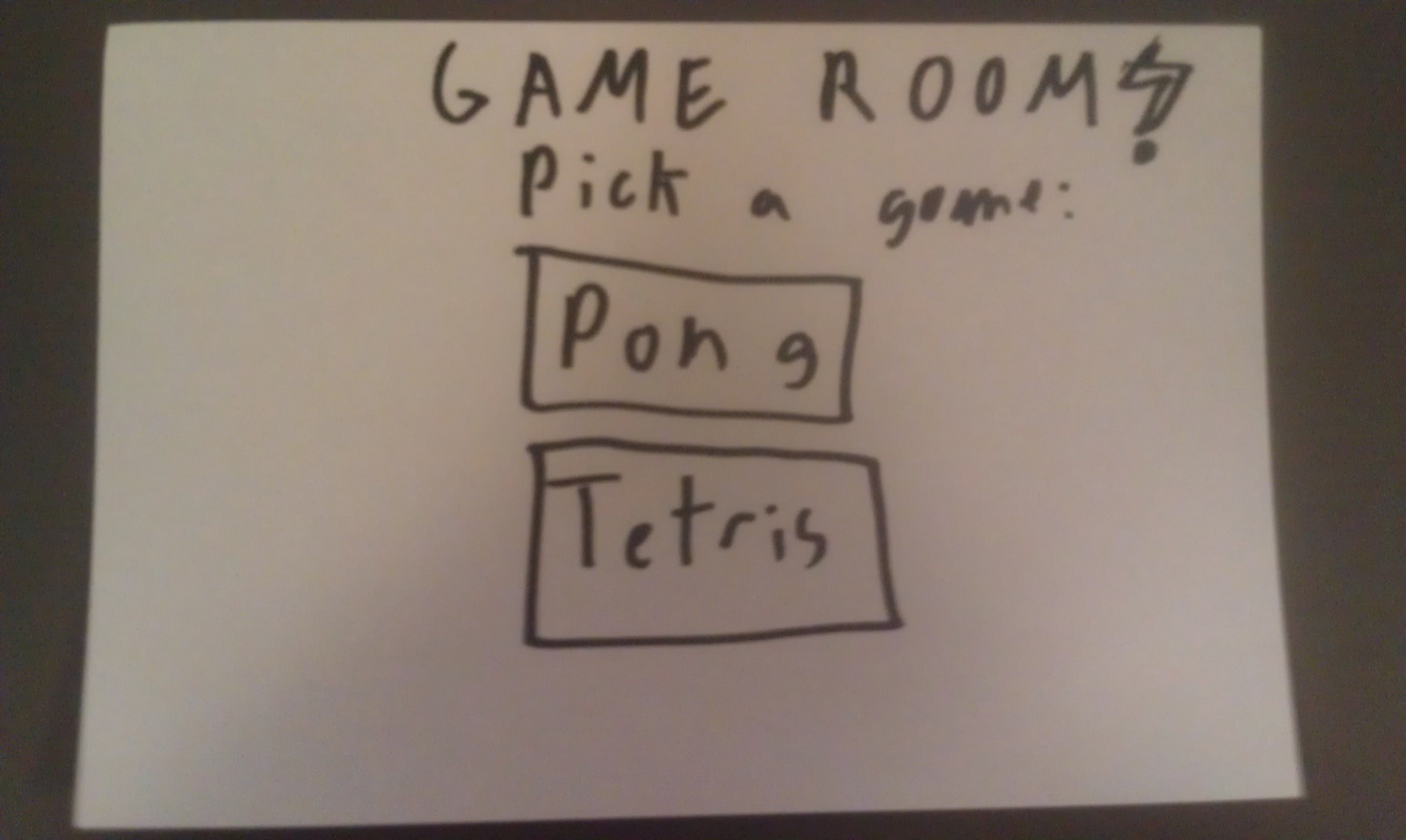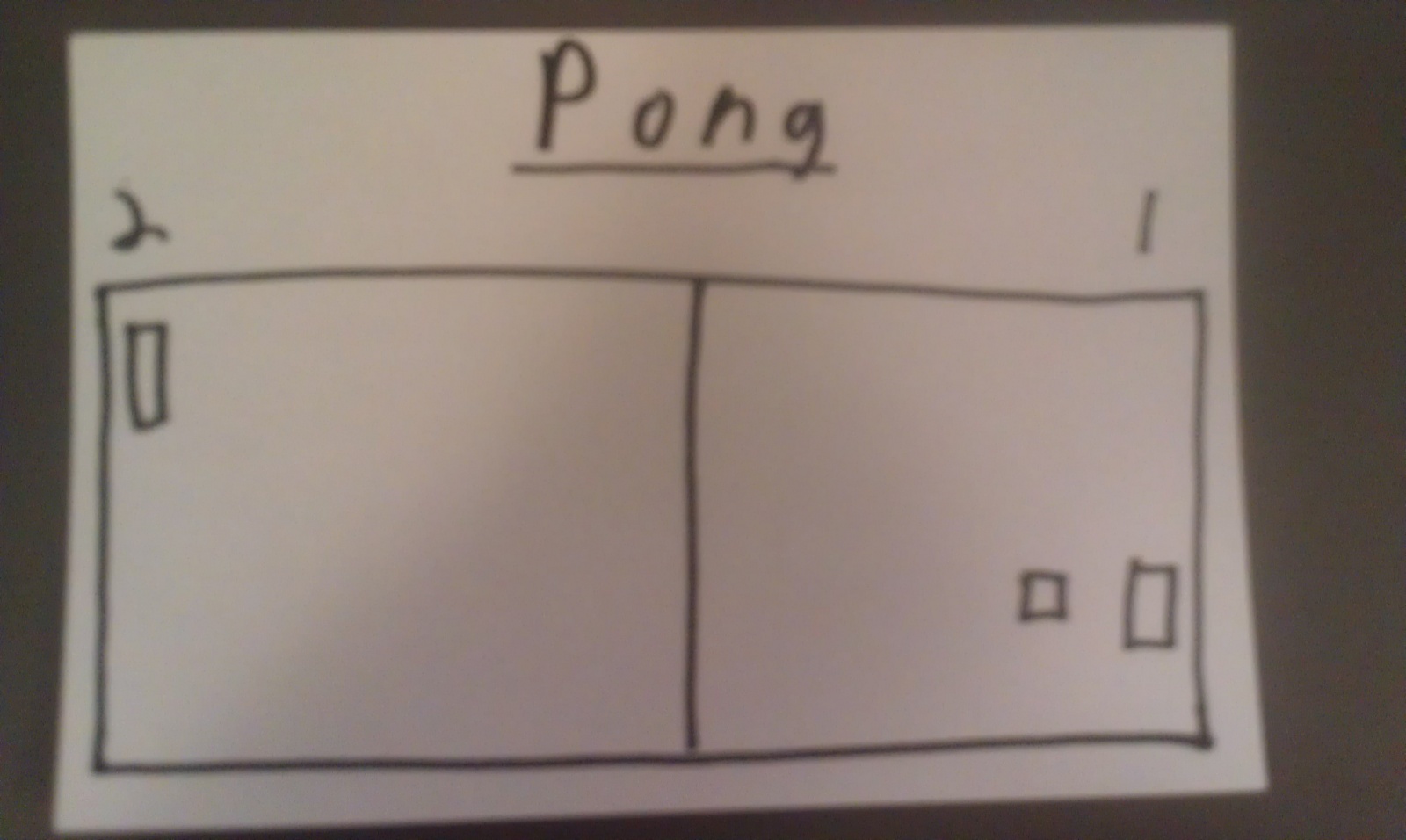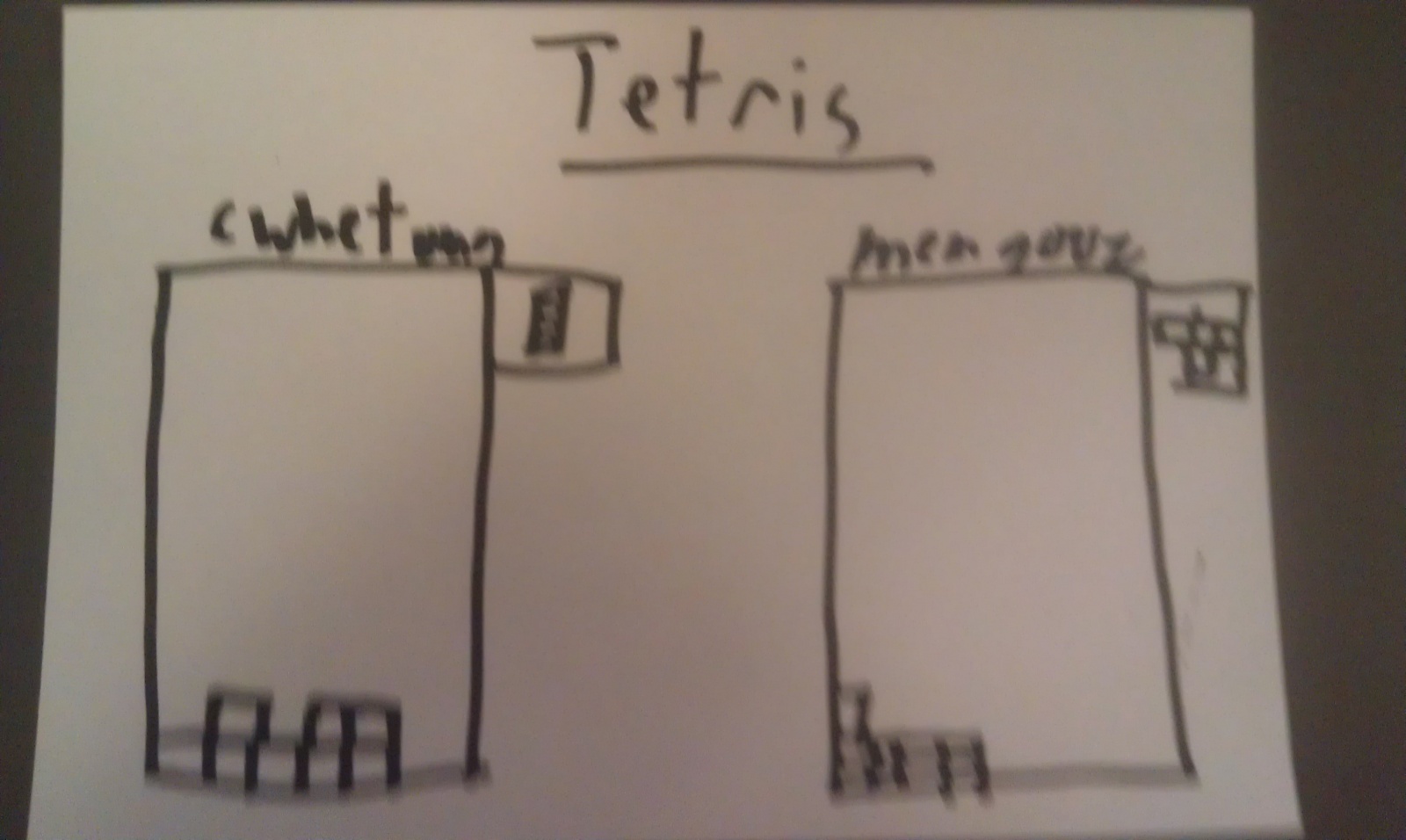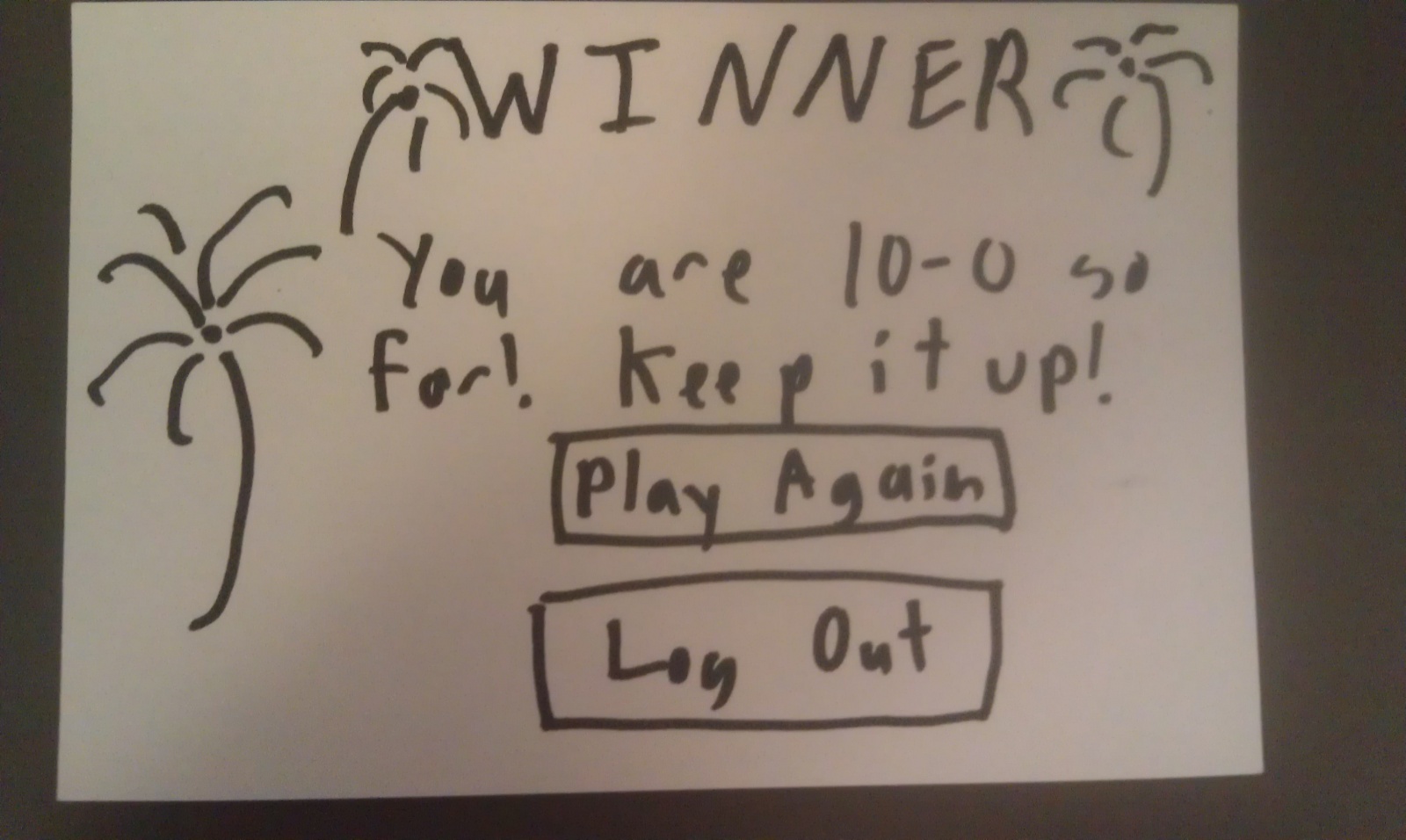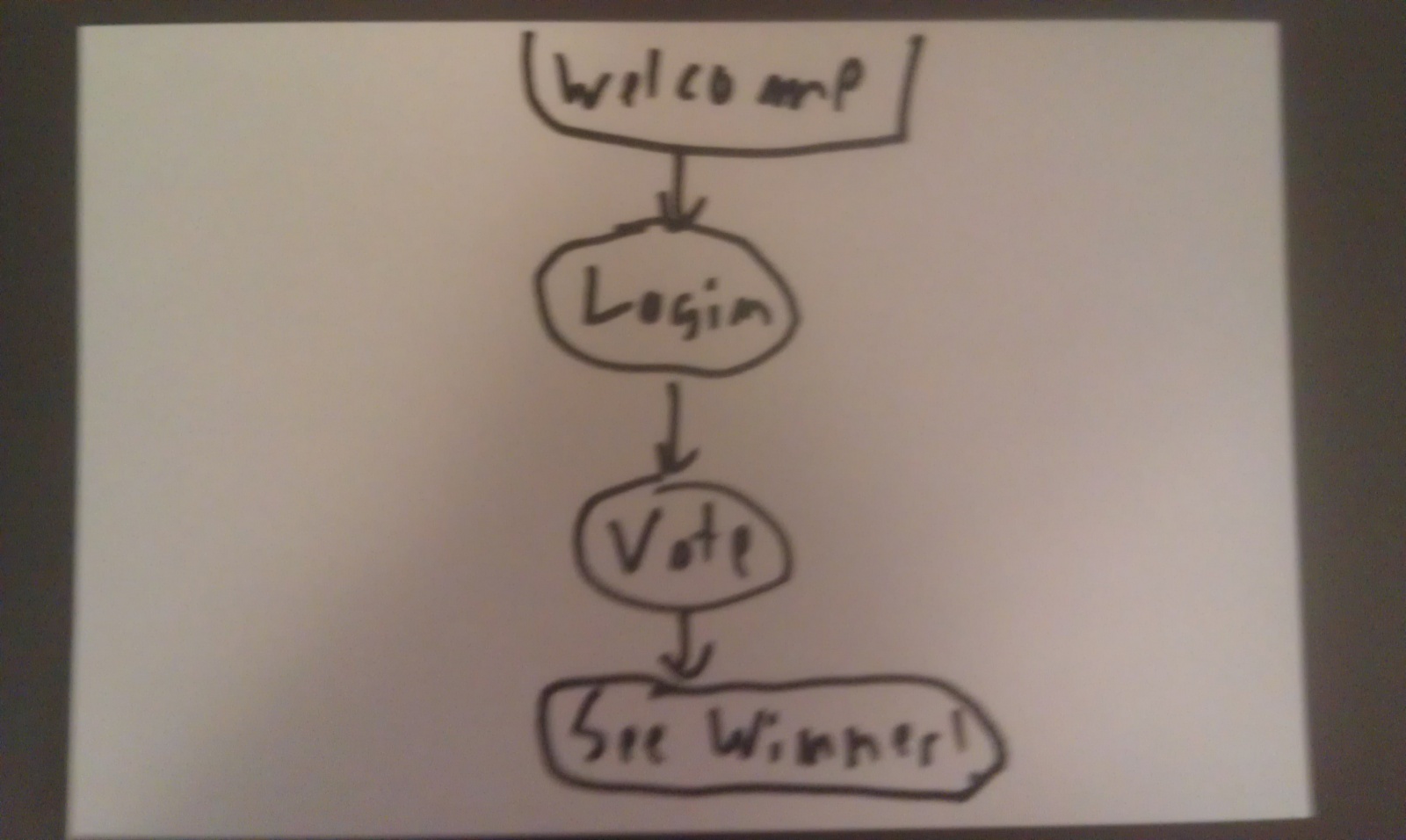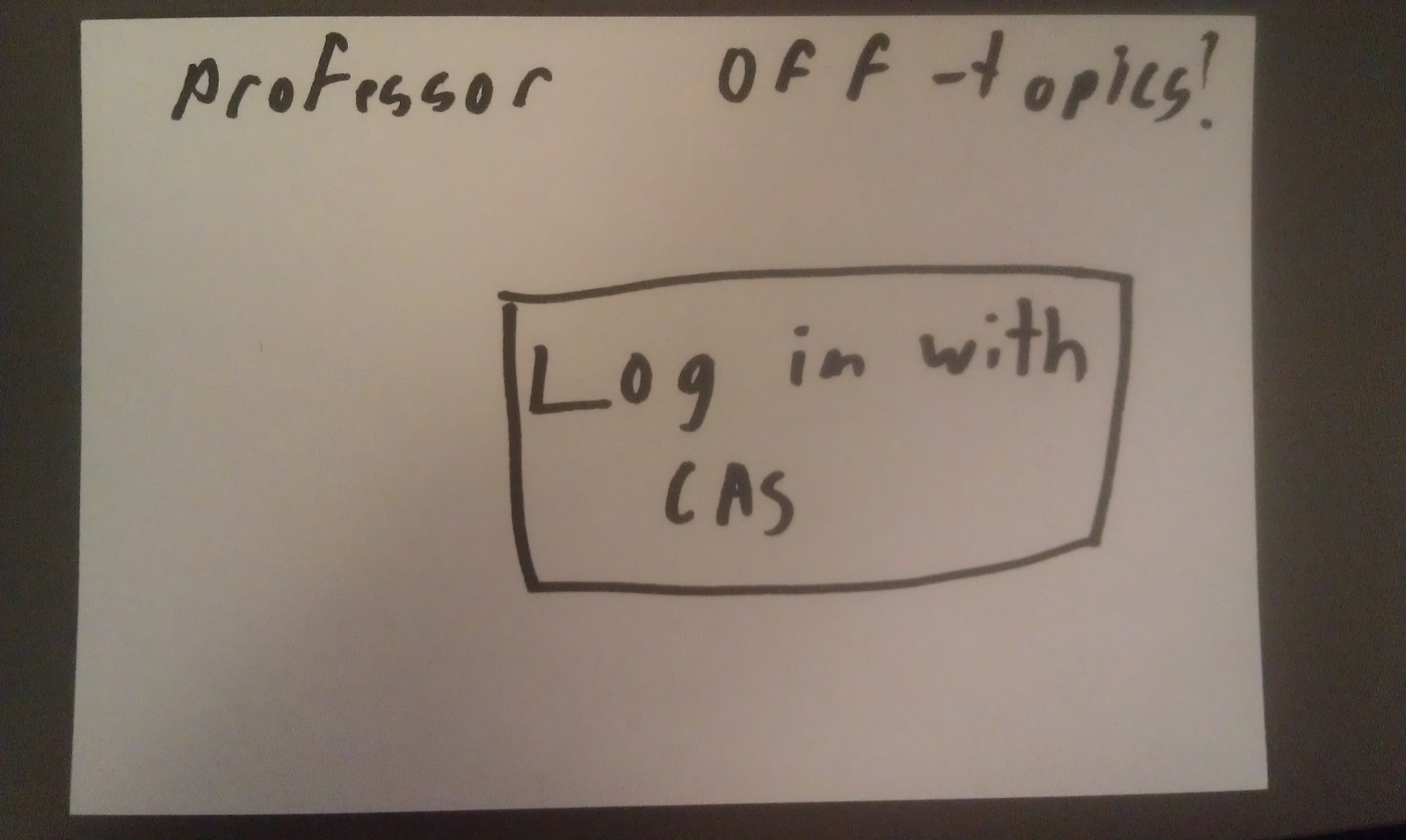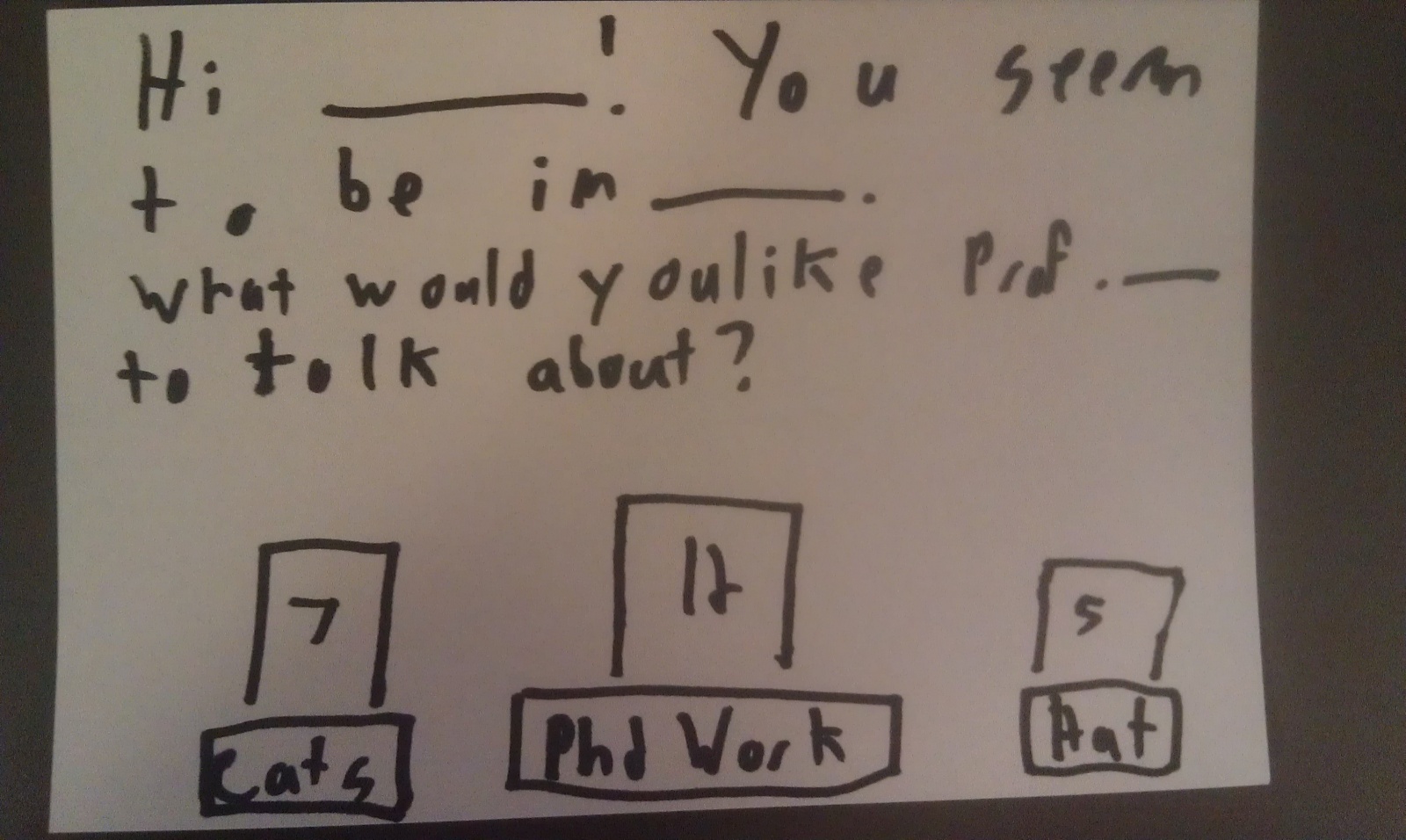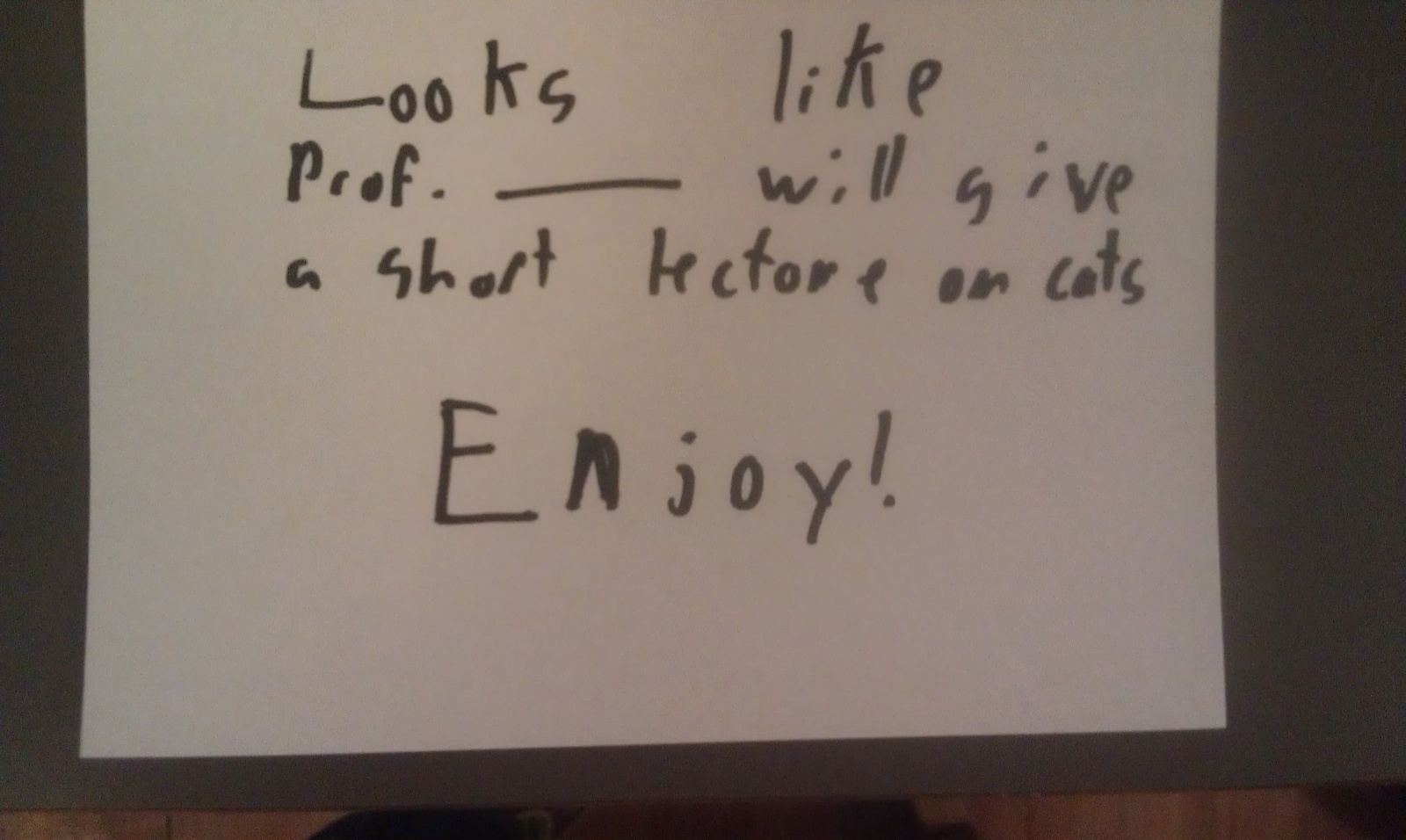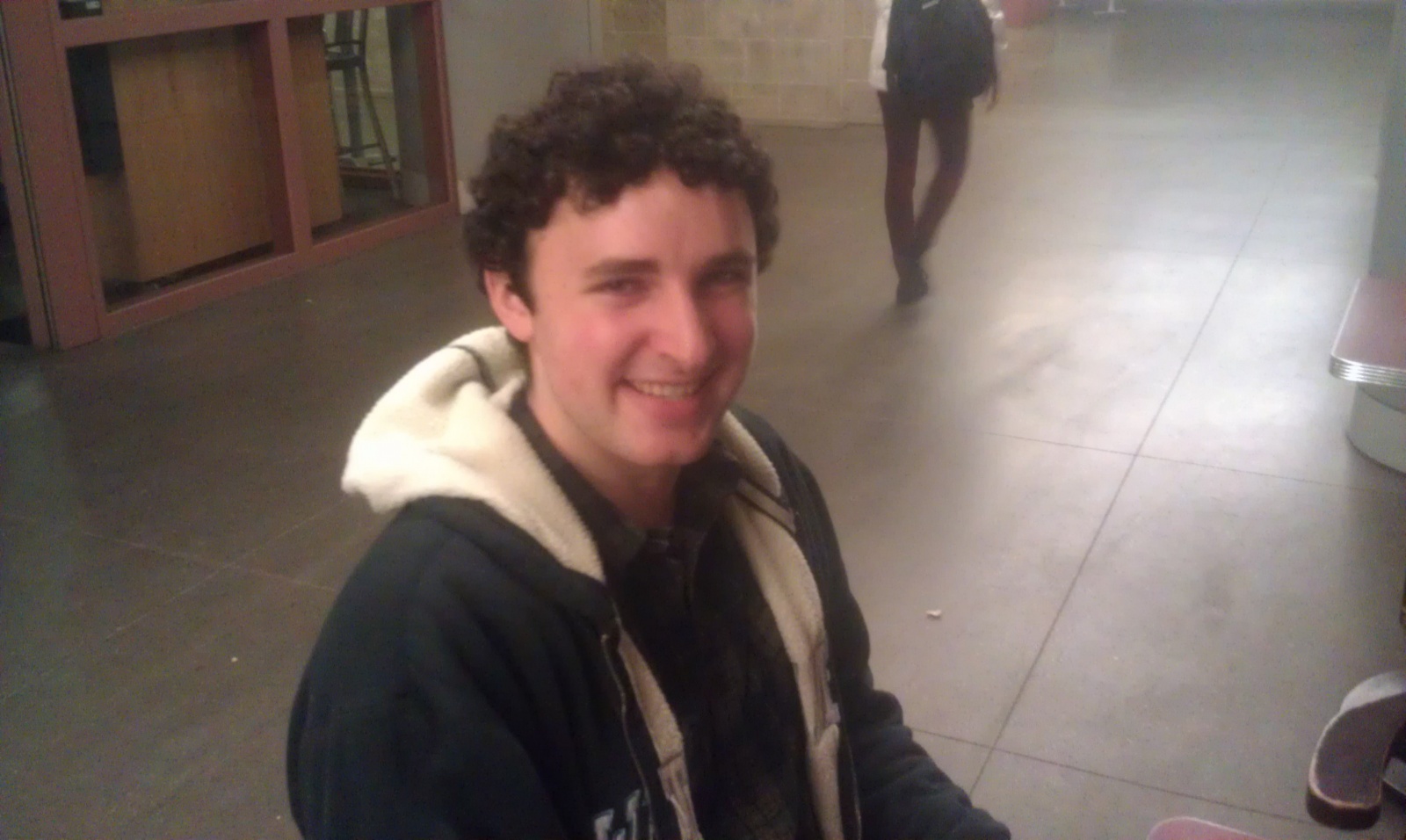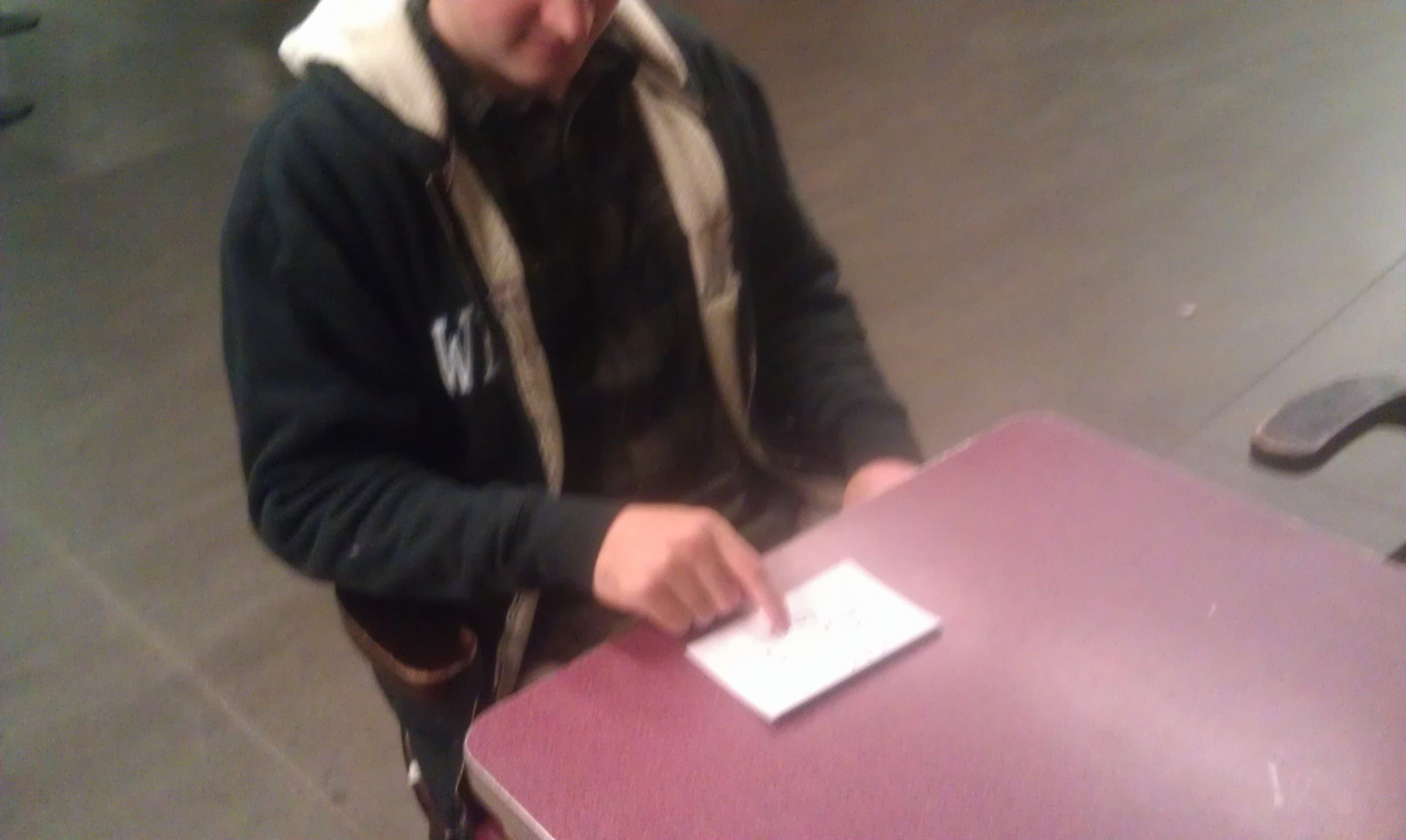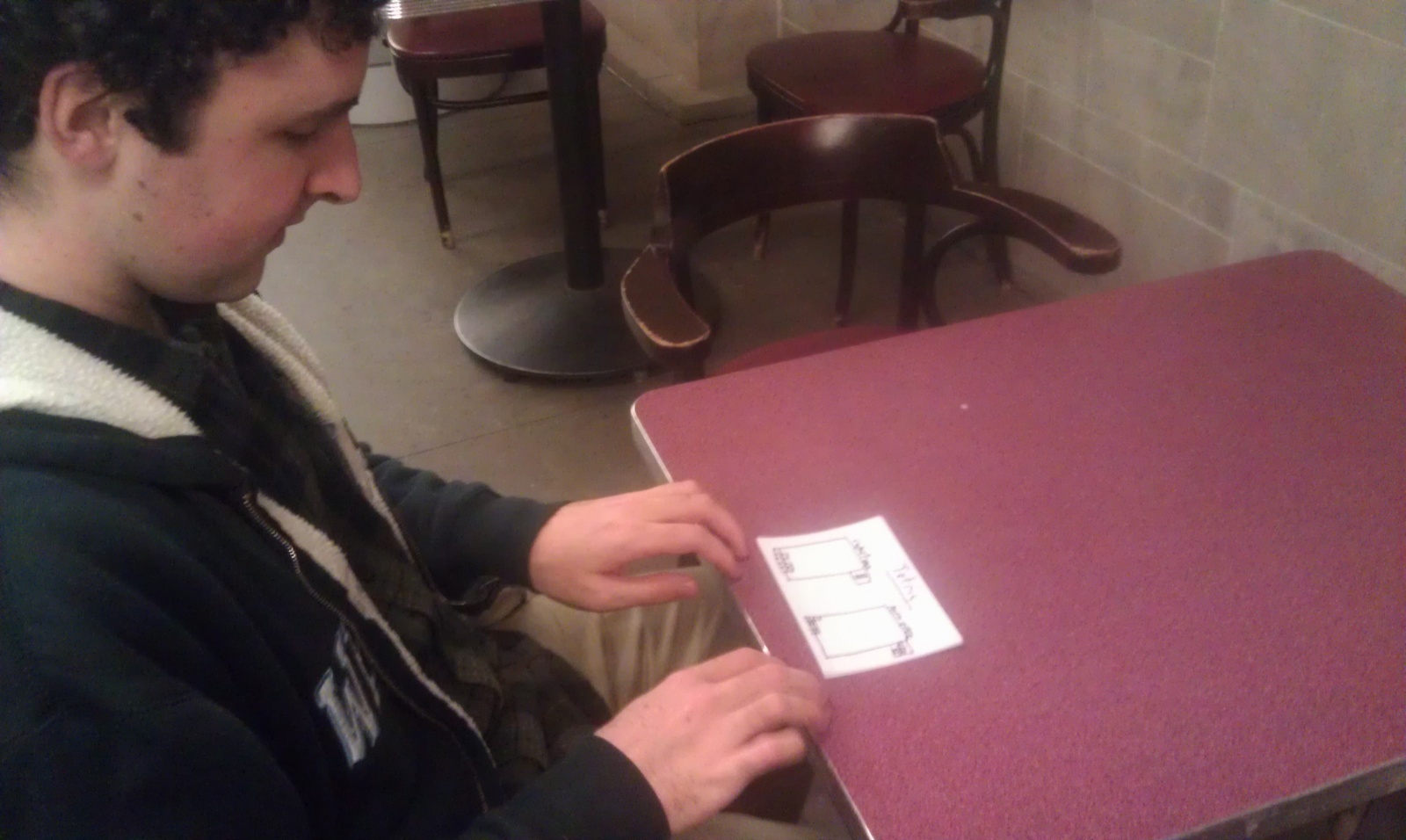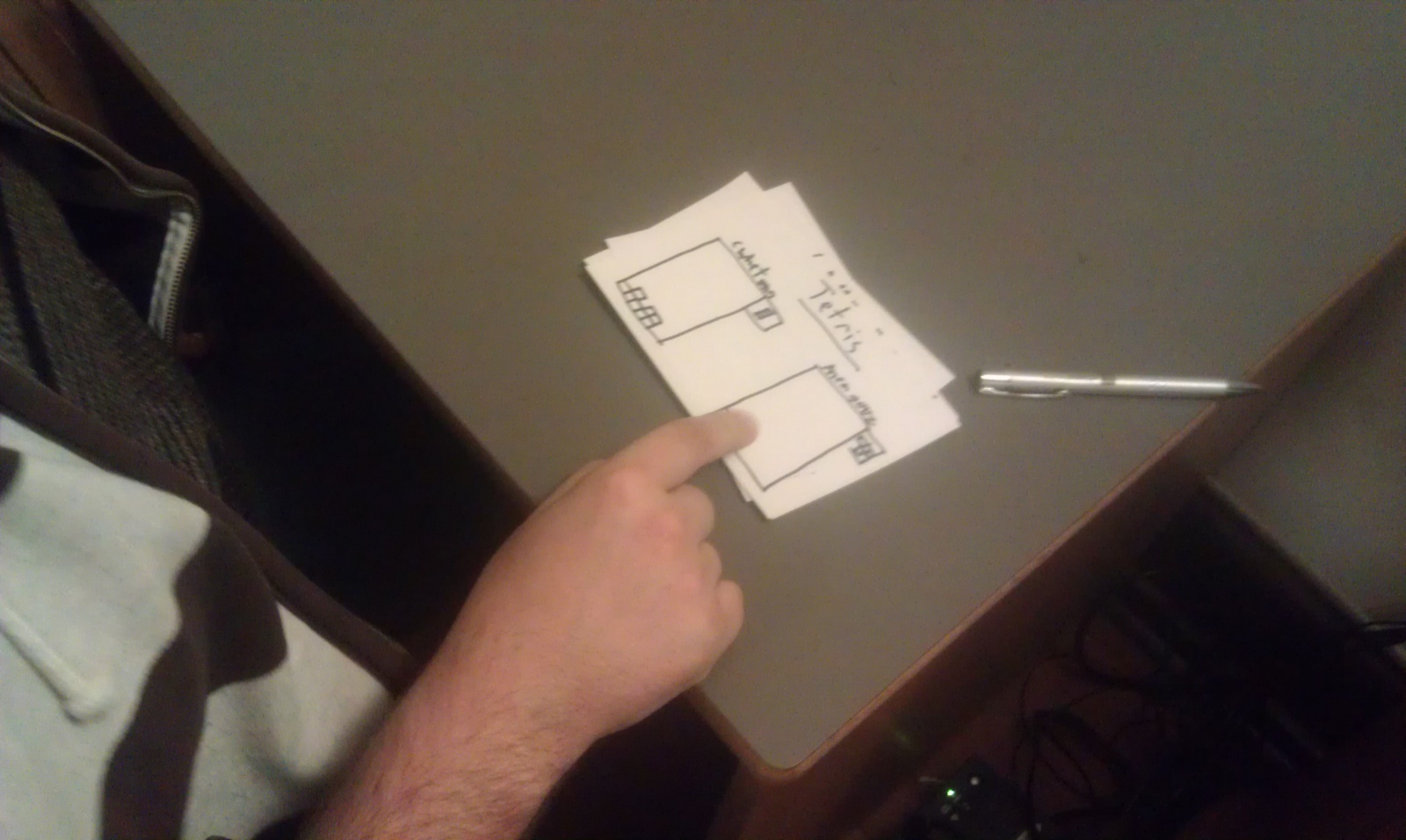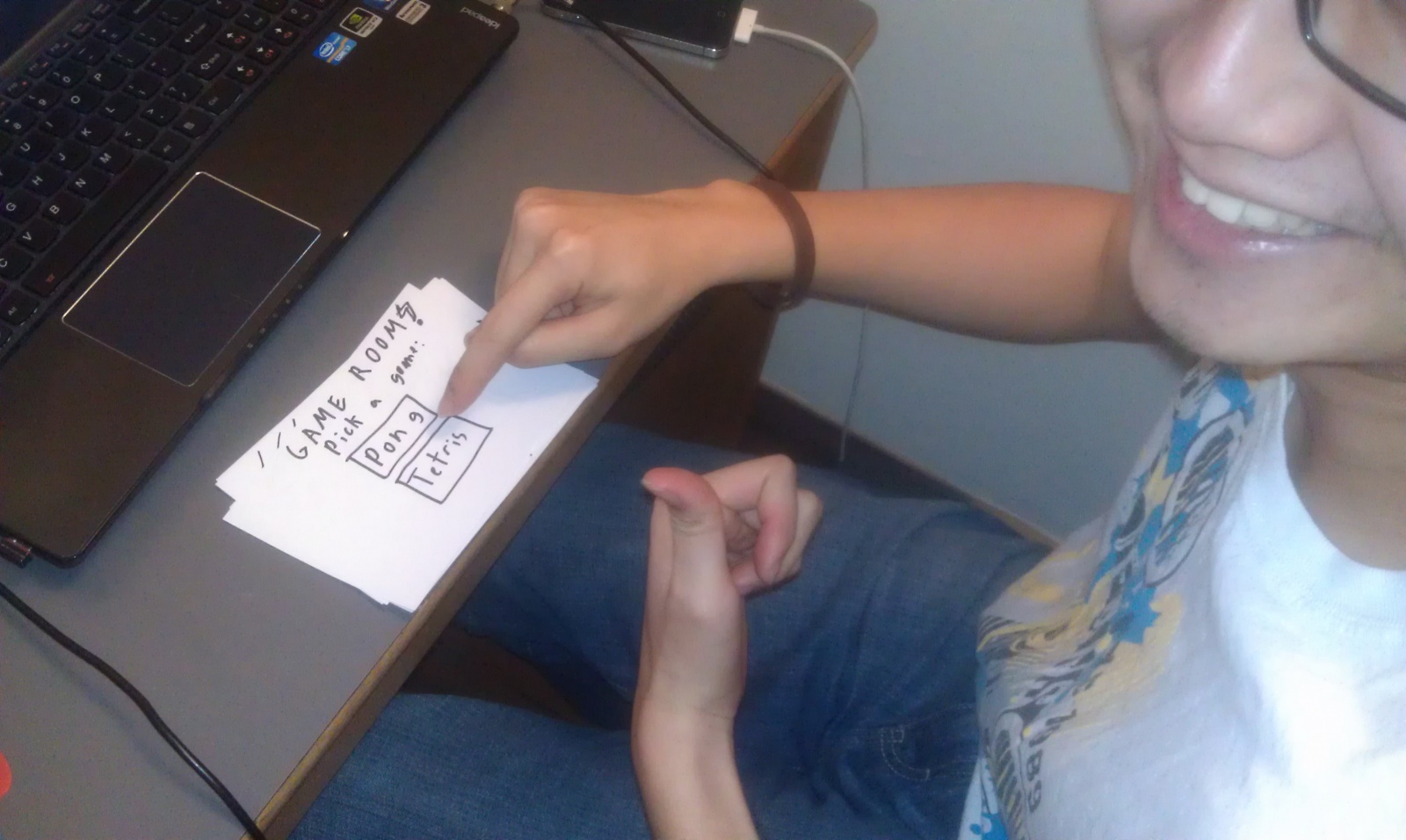Observations
It’s not hard to find food or caffeine on campus, and the problems that do arise — finding a study room, booking a place to meet, or even exchanging meals in the eating club system — seem to be largely policy concerns rather than design or technology problems. So I took a slightly different approach…
The Princeton undergraduate experience is distinctive (elite school, eating clubs, isolated suburban area) and many students have strong opinions about Princeton social life which they express in publications, comments, or candid conversations. I sought to isolate some of those distinguishing characteristics, and use them as inspiration on how to build immersive technologies that students can use recurrently in the opportune time between classes. To do this, I observed several types of Princeton classes as well as a graduate seminar:
A comparative literature seminar (East Pyne, 12 students)
- The attitude was very laid back; the professor arrived over ten minutes late but students seemed not to notice, with waiting time proceeding as before.
- Most people interacted sparsely with each other, preferring to keep to themselves and avoiding interacting with anyone else’s gaze.
- I observed a pair of students who were talking sporadically and seemed to anticipate each others’ reactions, suggesting that they were close friends. (Both male, same ethnicity.)
- They recognized and said hello to some other students in the class, but focused on interacting with each other for the remainder of the waiting time.
- They talked both about the class material, periodically making references to the readings in front of them, and also talking about other things, glancing around the room and often outside.
An introductory class on urban studies (Architecture, 75 students)
- I observed a graduate student who was TAing the class.
- She observed the class largely nonchalantly, without a specific target or intention.
- She got out her laptop and reviewed readings, which we later reviewed in precept.
- She seemed to have segmented her waiting time, dedicating it towards preparing for this specific class.
- She was also browsing news websites that seemed related to the class material.
- I observed an undergraduate who was sitting towards the back of the lecture hall.
- He was on GMail writing messages relating to a student group.
- Messages seemed to be formal, with complete sentences, etc.
- Many other students had email open. Fewer students were communicating via text message or chat, and those who did seemed to be using heavyweight programs to do so (Web Messenger for Facebook, or full-featured Mac chat clients).
- Social behavior was analogous to COM301, but at a larger scale.
A computer science systems lecture (Lecture hall, 50 students, mostly sophomores/juniors)
- The student I chose to observe was (like most others) checking email.
- It was early in the morning and energy and her energy level seemed low.
- She was not very engaged in reading or responding to emails and did not respond to many.
- At some point she stopped and stared off into space.
- Overall very similar to Urban Studies lecture above.
A graduate architecture seminar on design theory (Architecture, 7 students)
- One GS was discussing summer plans with the other students. They came from different ethnic backgrounds and discussed their experiences before Princeton, and shared experiences and programming here including a spring break trip.
- Two characteristically quieter students still seemed engaged, nodding and reacting to whoever was speaking. The whole seminar was active, with everyone engaging in a slightly different way which reflected their personality.
My overall observations:
- The most common activities (75%+) were email, browsing Facebook, browsing Reddit, browsing PrincetonFML, calendaring, staring off into space, chatting intermittently.
- Energy level was very important; at low energies people interacted with their devices and each other more mindlessly, often just staring off into space. This seemed to vary largely by time of day.
- Some people brought food to class.
- Social behavior was very limited in variety.
Ideas
After making these observations, I generated lists of ideas inspired by undergraduate social life and by the functions and duties of graduate students and TAs. I tried to be extra cautious to avoid ideas that discourage organic social interaction, after recognizing that it happens more often in smaller classes and graduate classes.
Undergrad:
- Mobile application showing names and shared interests of people around you.
- Web application mapping clusters of commonalities that form as people enter and situate themselves. (Students could use this to find seats next time they come to class, or to move around during waiting time.)
- Chat room that senses which room you are in
- Mindless web/mobile games you play with other people in the room
- Map on which people [anonymously] broadcast how they are feeling with short phrases or emoticons
- Map showing people the closest food source, menus, and wait time for round trip
- Mobile application that collects annotations and highlighting on PDFs into a skimmable summary
- Mobile digest of news relevant to each class
- Academic personal assistant (dashboard with upcoming deadlines, todo items, profiles of authors of readings/guest lecturers, etc.)
- App that plays relaxing music and blocks Facebook, email notifications, etc.
- App showing upcoming events, but only within a few hours and within a certain distance (encouraging exploration)
- App for quoting and retweeting quotes
- App that clusters students present in a room, putting them in random groups based on commonalities (ostensibly for group projects)
- App that displays Twitter/RSS digest on one topic per class period (chosen based on nearby people, allowing them to discuss the topic)
GS/TA:
- App to track students’ attendance
- App for short pre-class surveys
Favorite Ideas
- Map which lets people broadcast sentiments and intentions anonymously or to friends. Chosen because it has a low-energy mode of engagement which is good between classes, and because it has a couple of other compelling uses: finding a friend to eat with when hungry, and mapping events around campus in real time.
- Mobile digest of news relevant to each class. Chosen because I would definitely use this in classes where discussing current events is part of the participation grade.
Prototypes
Ansible, an application for broadcasting intentions (going to eat, feeling bored, etc.) anonymously and to friends.

Studyfeed, a news aggregator that aggregates readings for your next class.

EDIT: Right-click and select “view image in new tab” to see the prototypes in full size.
I tested the broadcasting application because it seemed like a more substantial subject of examination. Studyfeed was a great idea, but there were so many ways to expand upon it (adding to-do lists, syllabi, readings, etc.) that in a preliminary discussion, the interviewee was talking about plans for the app rather than the interface itself.
User Testing

BC, ECO ’13:
- Definitely found the app most useful for finding meals with friends.
- Would use this app if it enables other meaningful interactions.
- Slightly confused by the anonymity aspect. Was not clear about the privacy of own posts, and if using the app would broadcast own location. This seemed like the largest concern.
- Chat seemed to be of marginal benefit, but this was not obvious – what if the user was bored? It was hard to tell from this study.

AF: CBE ’14:
- Really cool landing page. Intentionality was unclear, and it took a while to figure it out (partly because of low fidelity of prototype).
- Chat was intuitive. Selecting what to broadcast was also very intuitive; comparison was made to Instagram.
- Seemed very interested in using the app to chat with random people. It would be a useful distraction when bored.
- Profiles for anonymous users seemed a slightly creepy, yet very compelling feature.

BT: COS ’13
- Has seen many apps of this kind. Most were not launched on college campuses. This made the interview interesting and different from previous interviews.
- Navigated through interface quickly.
- Was most likely to find individual features useful, like finding food around, or broadcasting intention to go to dinner, but did not seem like a strong pull.
- From a task analysis perspective, app did not seem to fulfill a strong need for this user.
Insights
- Privacy and identity concerns are important for a substantial portion of the population.
- Building a complex landing page was a great starting point that made the app feel much more substantial and useful, but it was hard to prototype on paper. This diminishes the effectiveness of paper prototyping for complex applications, although it is still a useful method for prototyping workflows consisting of multiple, simple screens (as in Studyfeed).
- Using gradients or white-on-black features for contrast was difficult and should be avoided.
- While paper prototyping is useful, many of its limitations were immediately obvious (not having the user in appropriate affective states, not being immersed in an appropriate environment, etc.). However the prototyping strategy was shown to be very useful for testing out user experience flows at the macro level.
EDIT: Right-click and select “view image in new tab” to see the prototypes in full size.

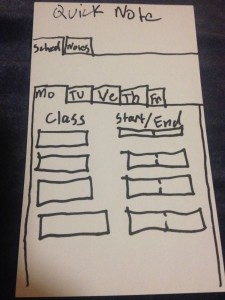
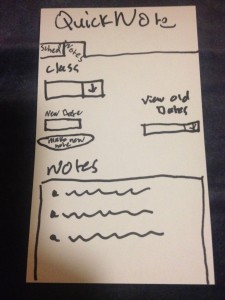
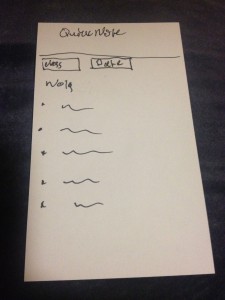
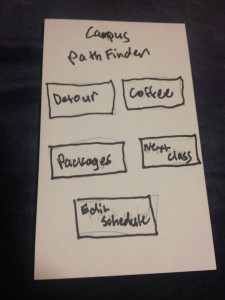
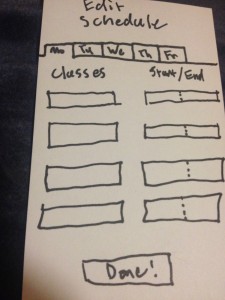
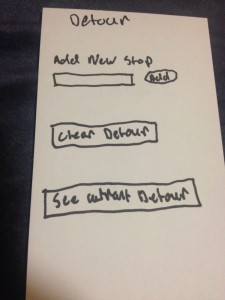
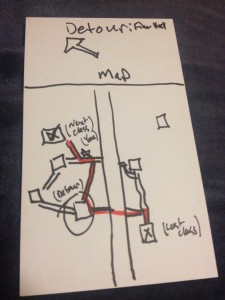
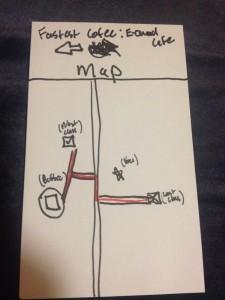
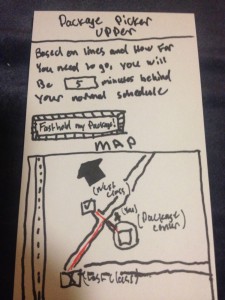
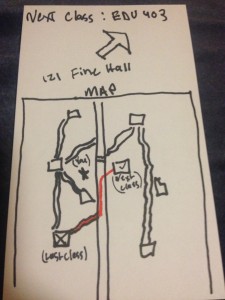
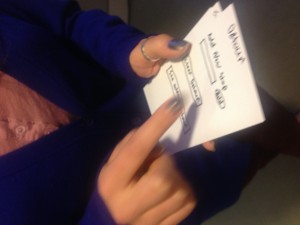
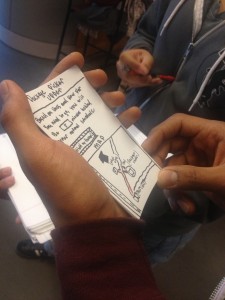
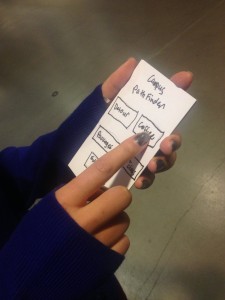
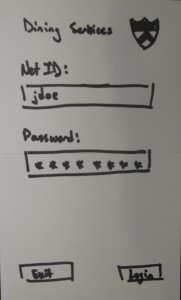
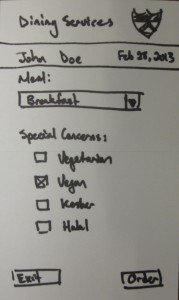
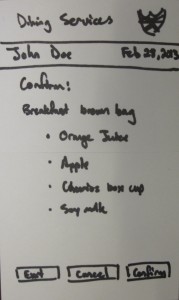
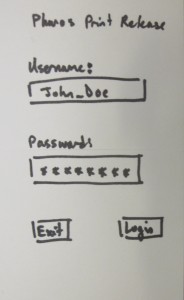
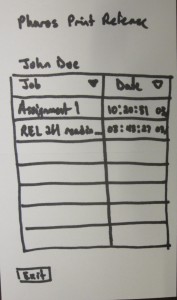
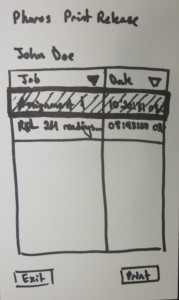
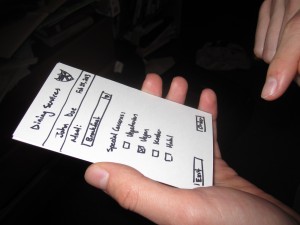
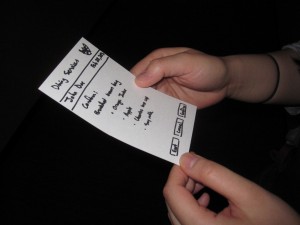
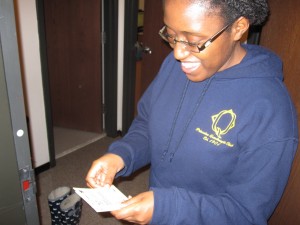
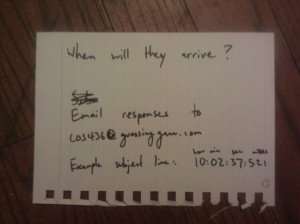
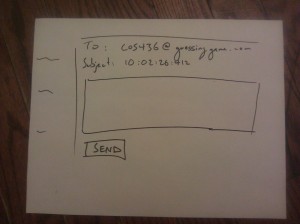
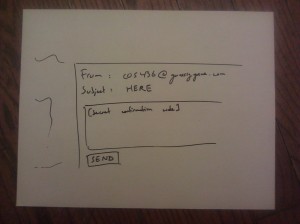
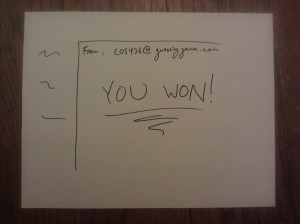
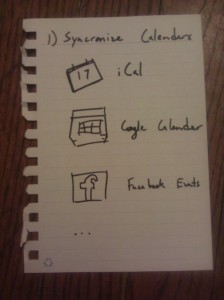
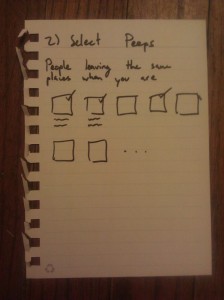
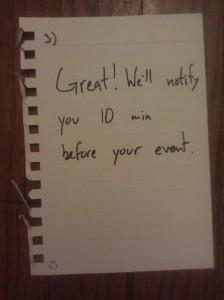
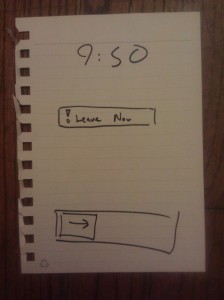


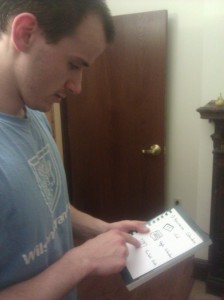
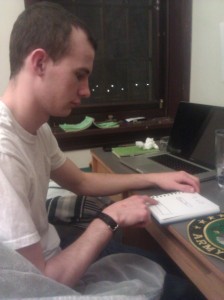
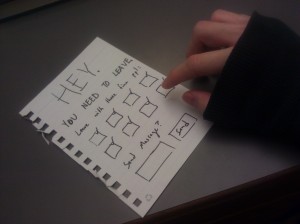
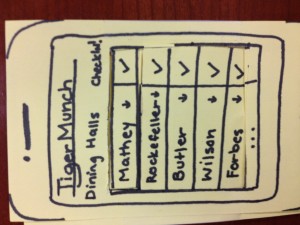
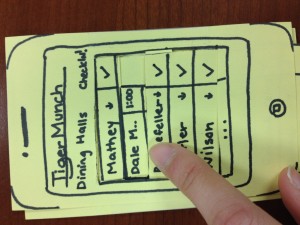
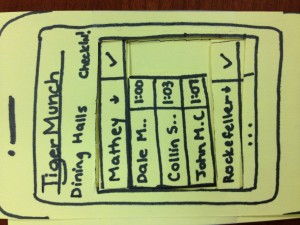
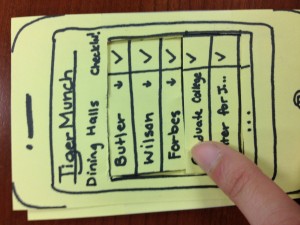
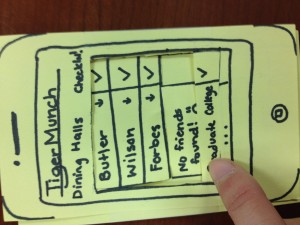
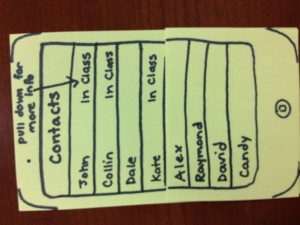
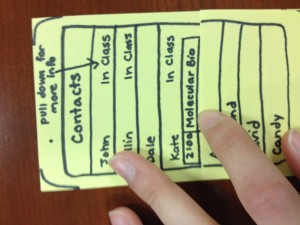
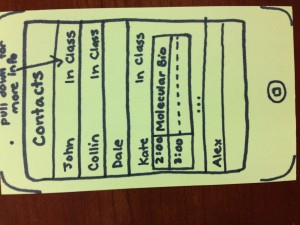
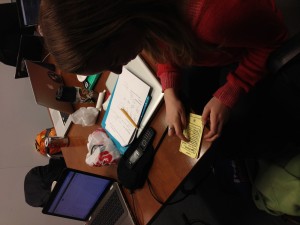 User seems to get the interface…
User seems to get the interface…
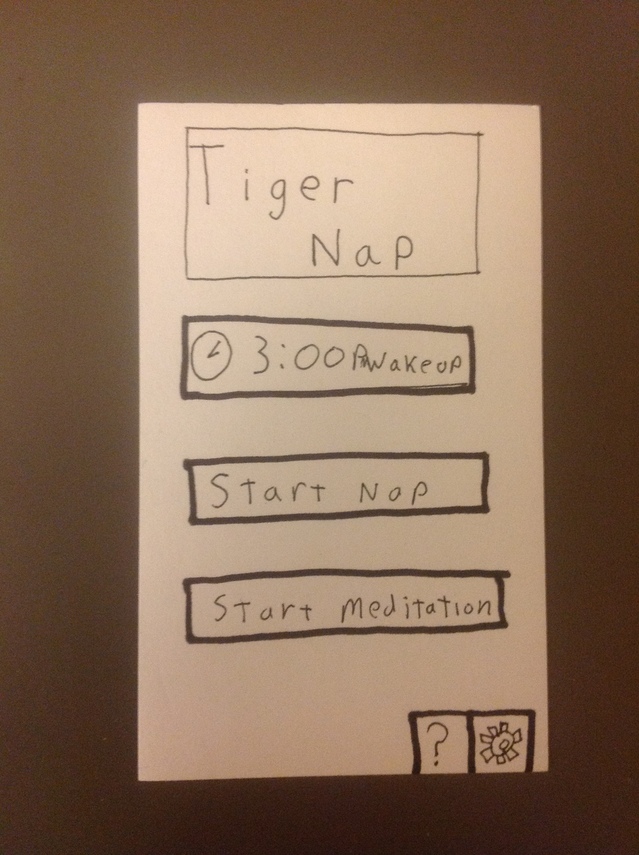
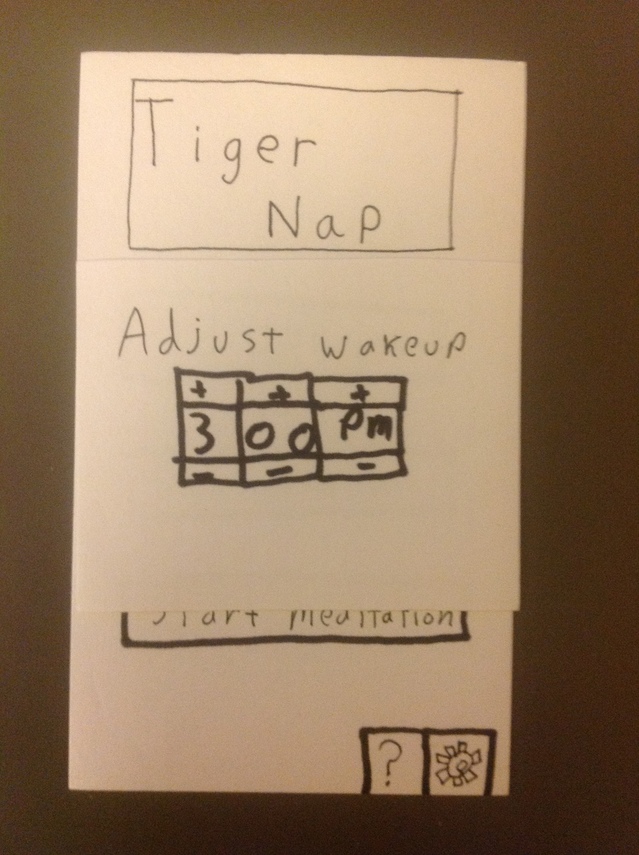
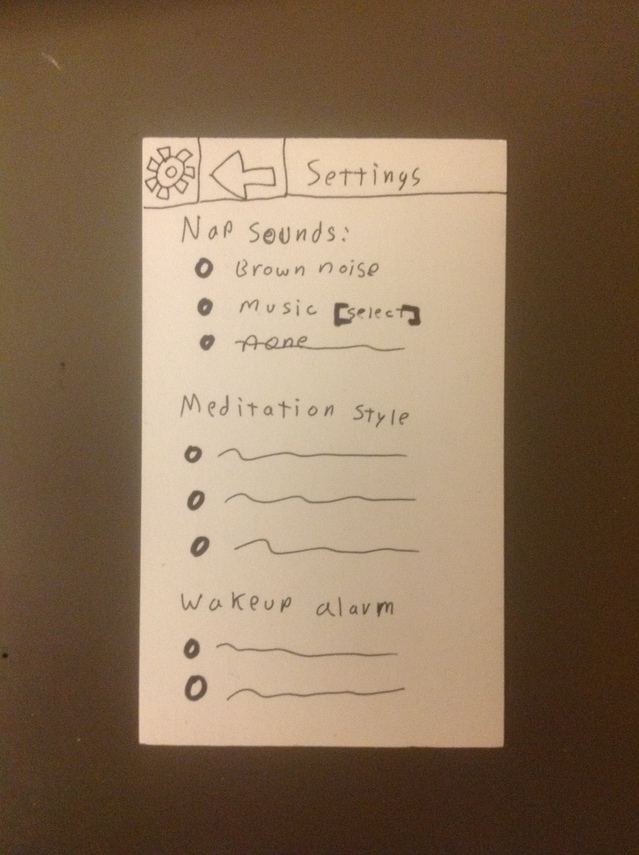
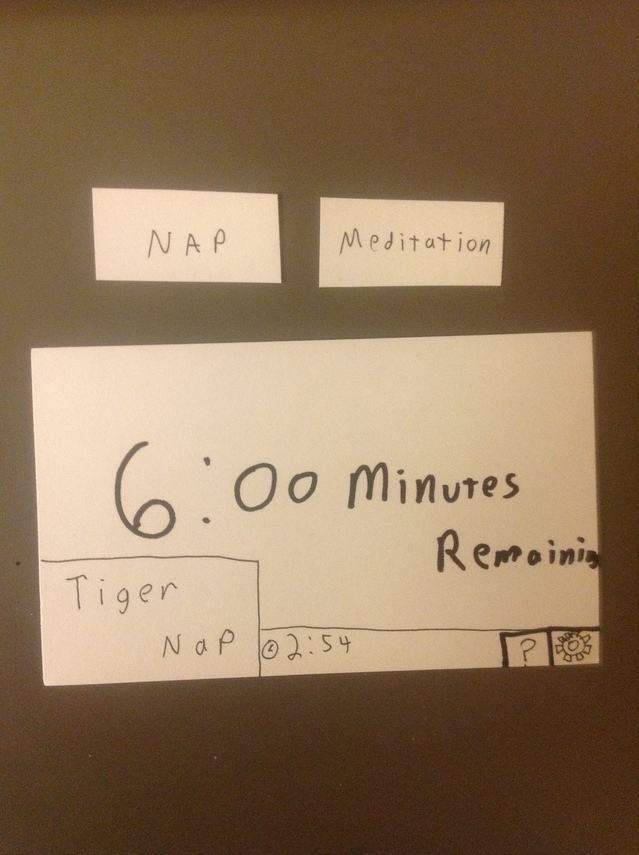
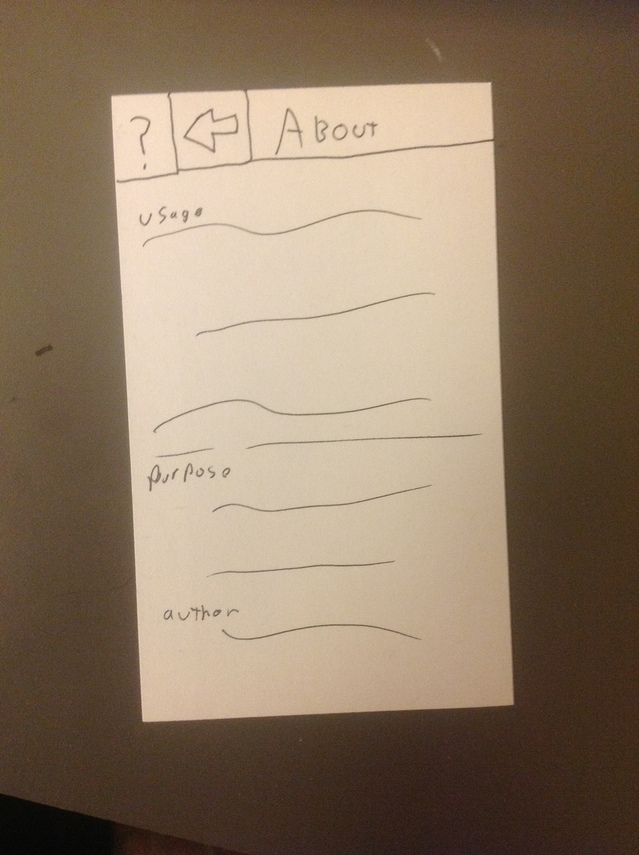
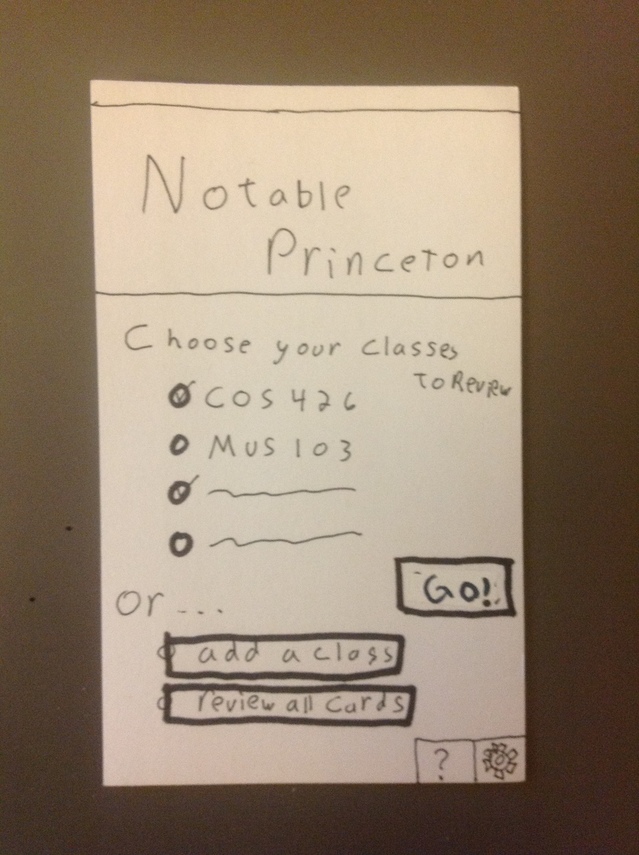
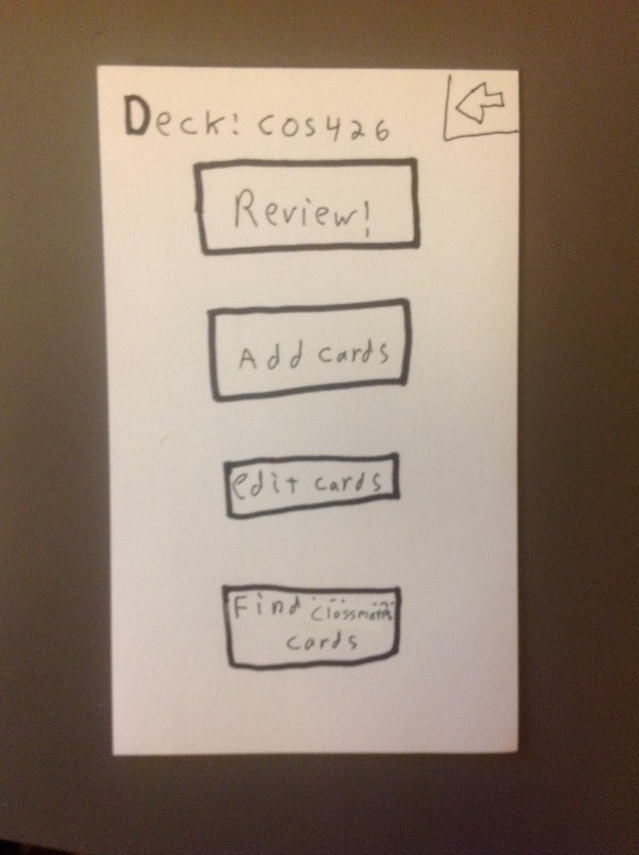
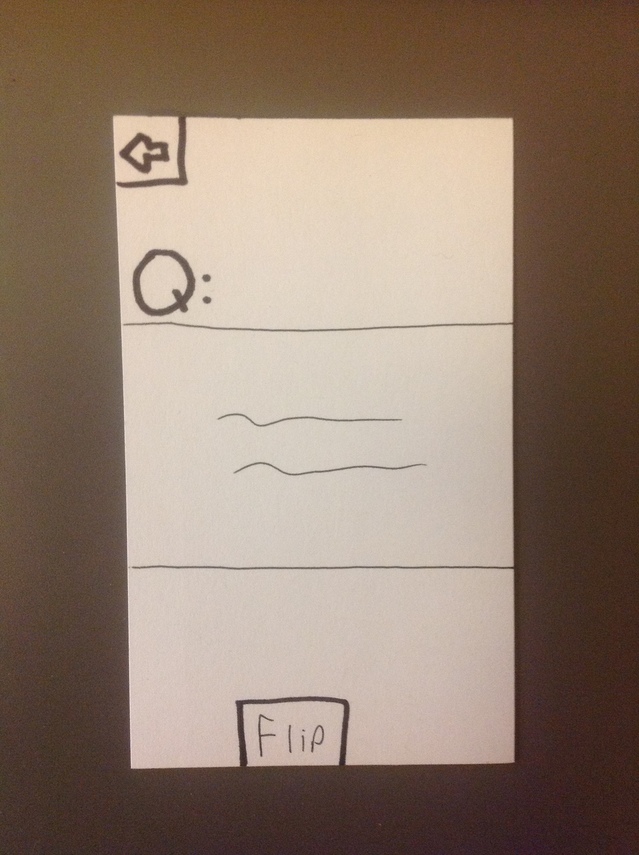
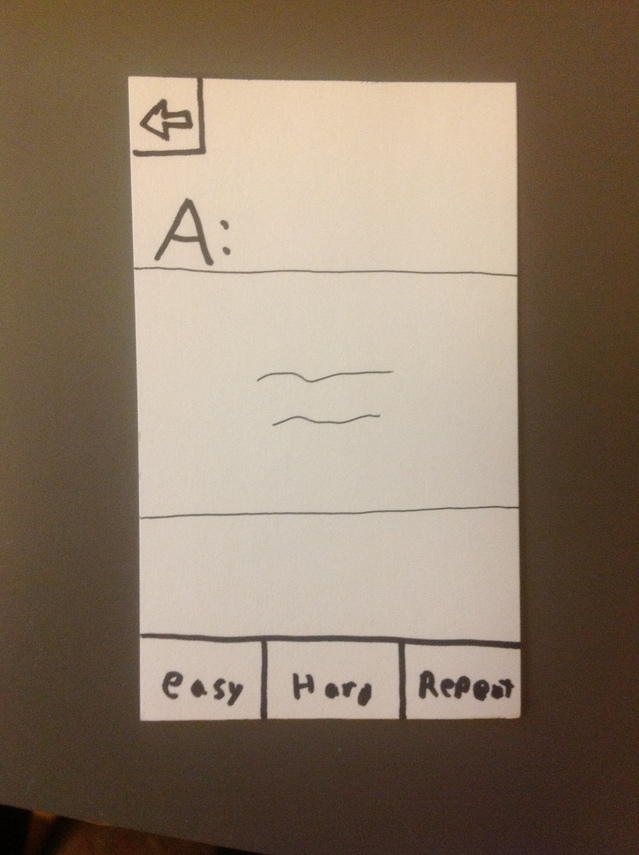
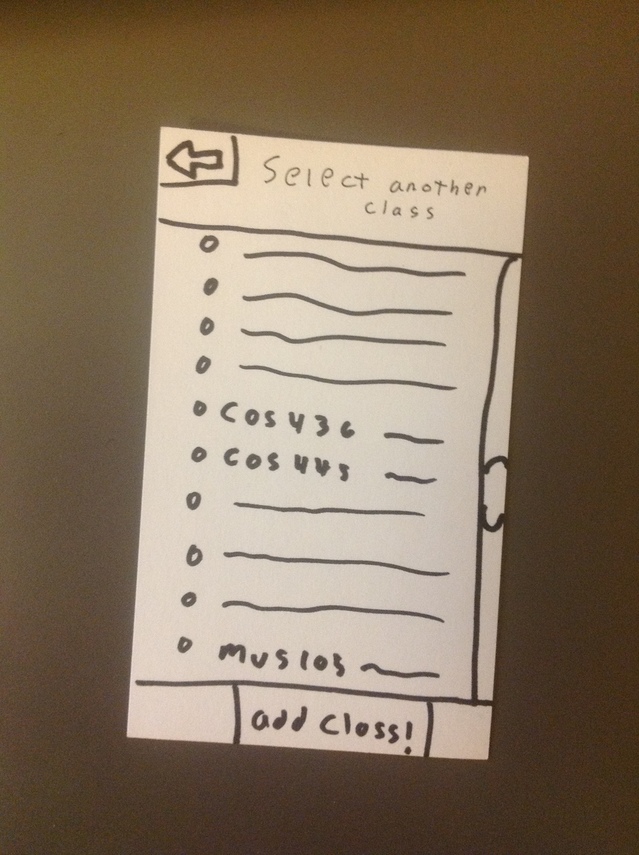
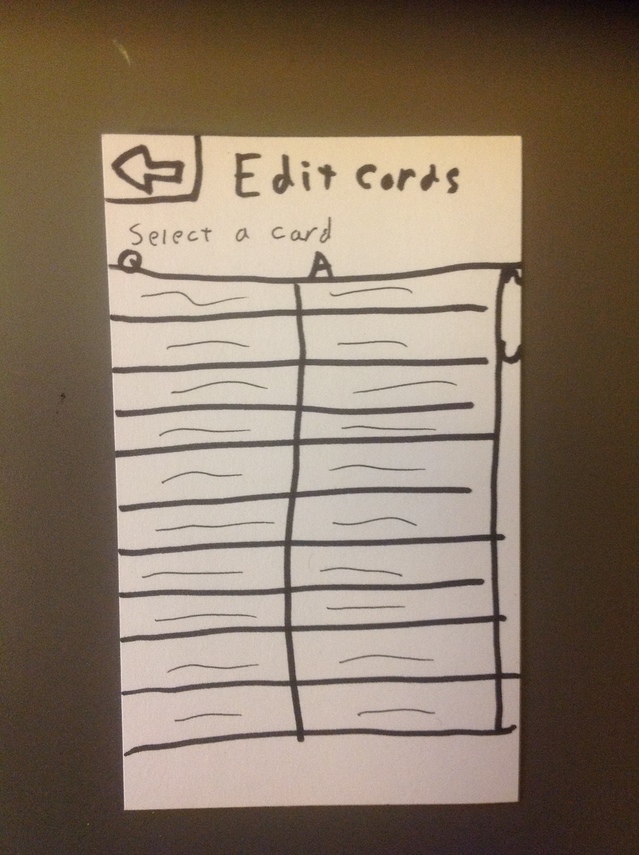
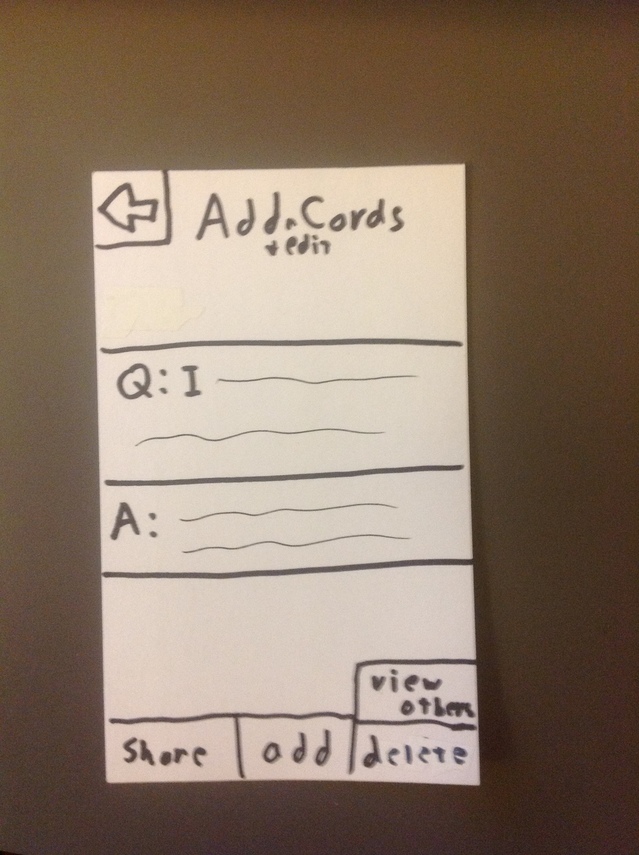
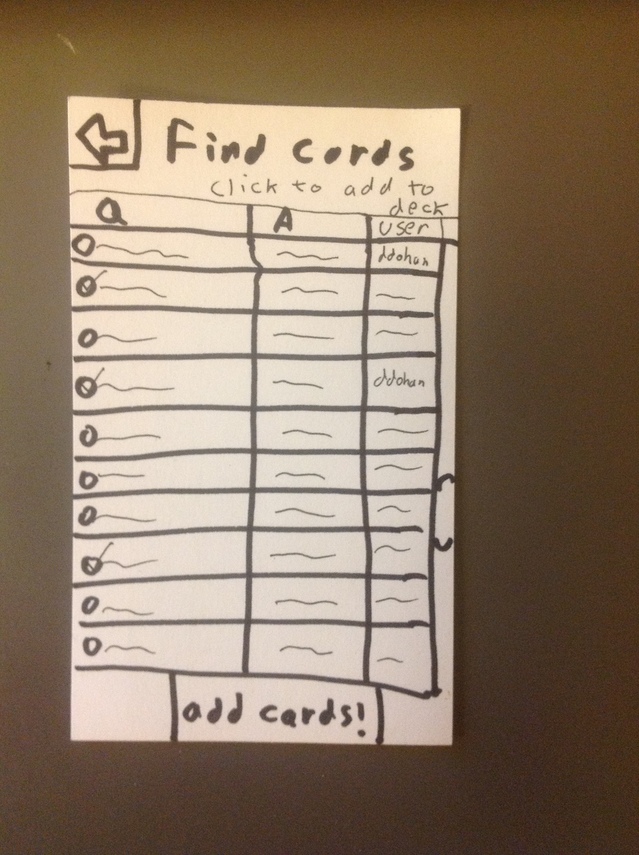
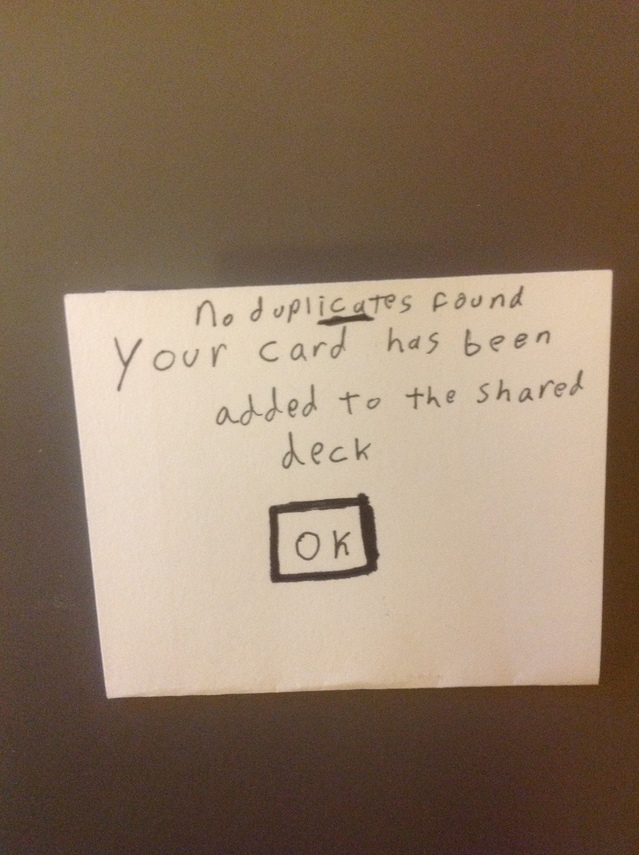
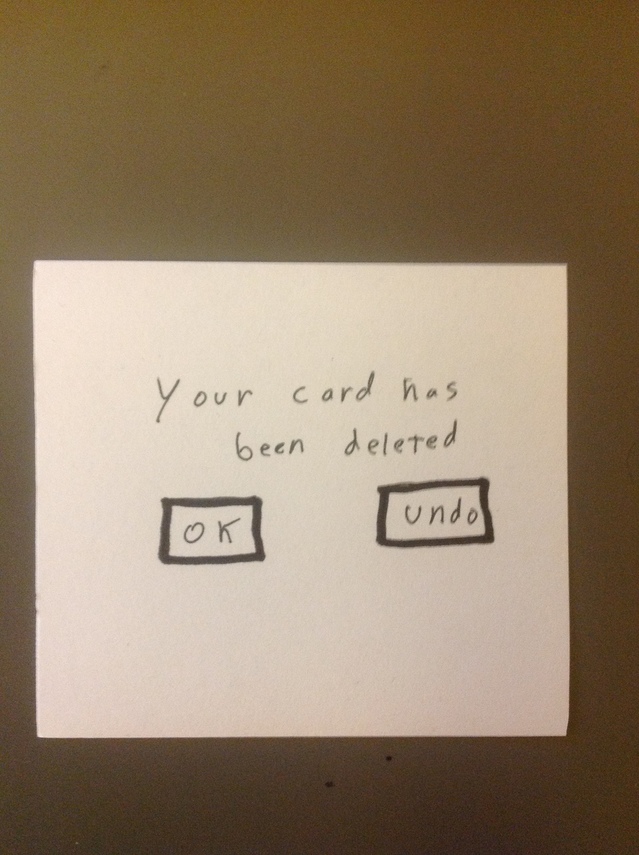
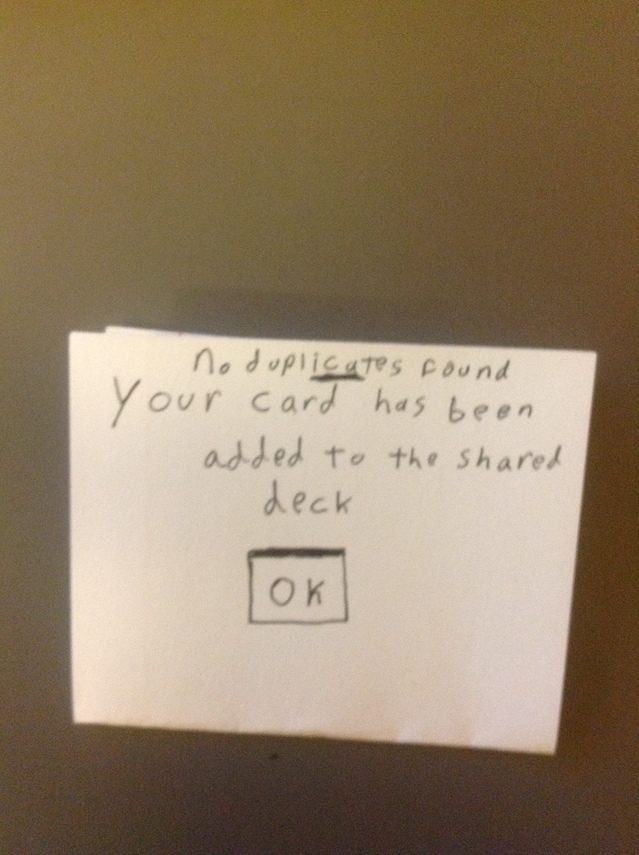
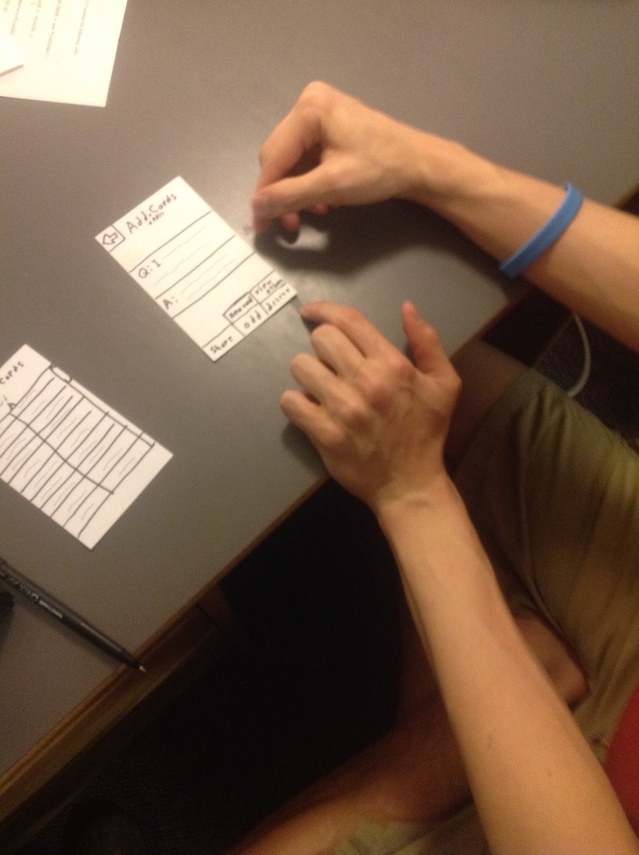
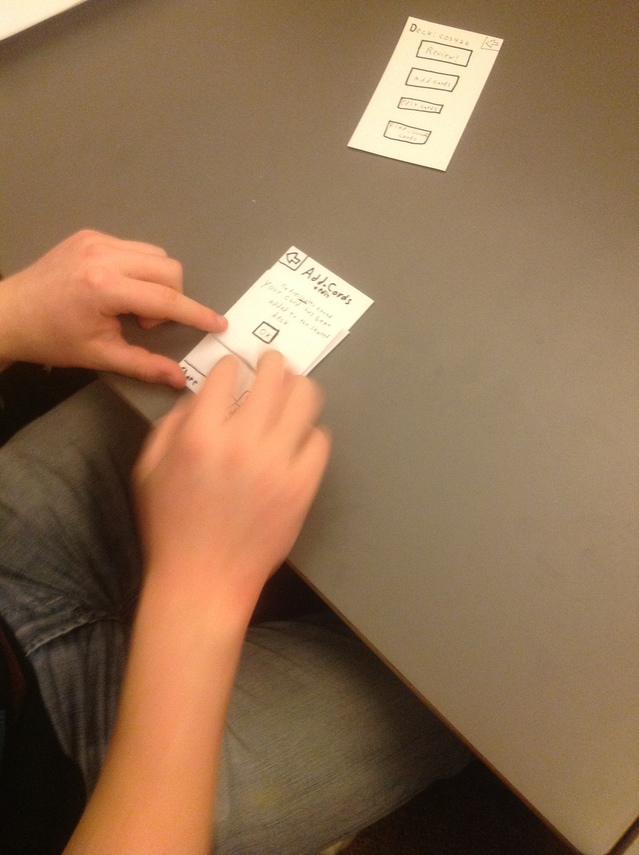
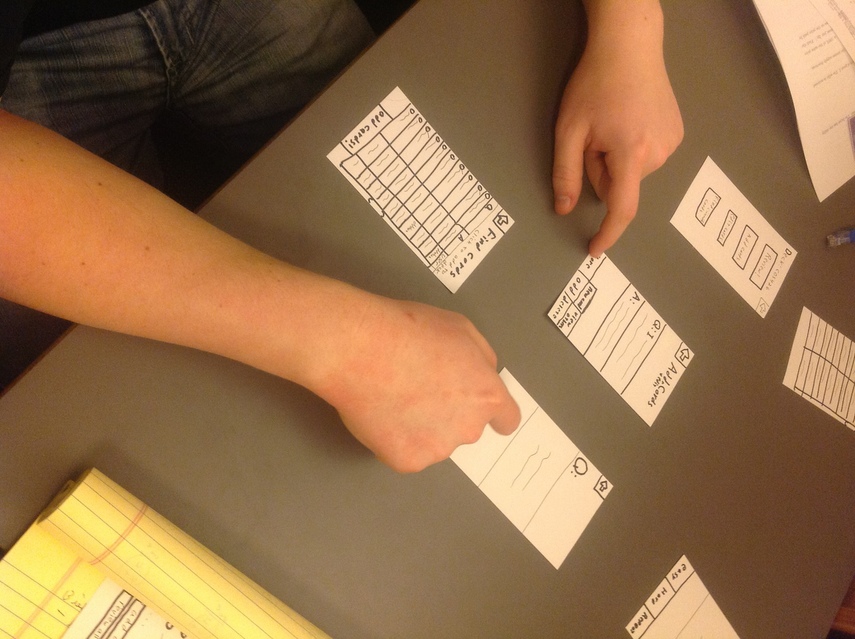
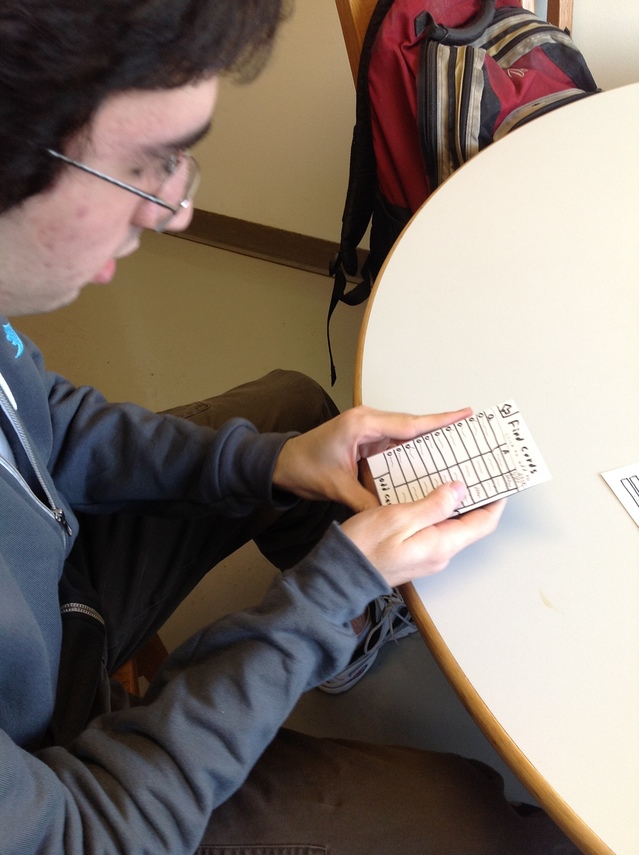
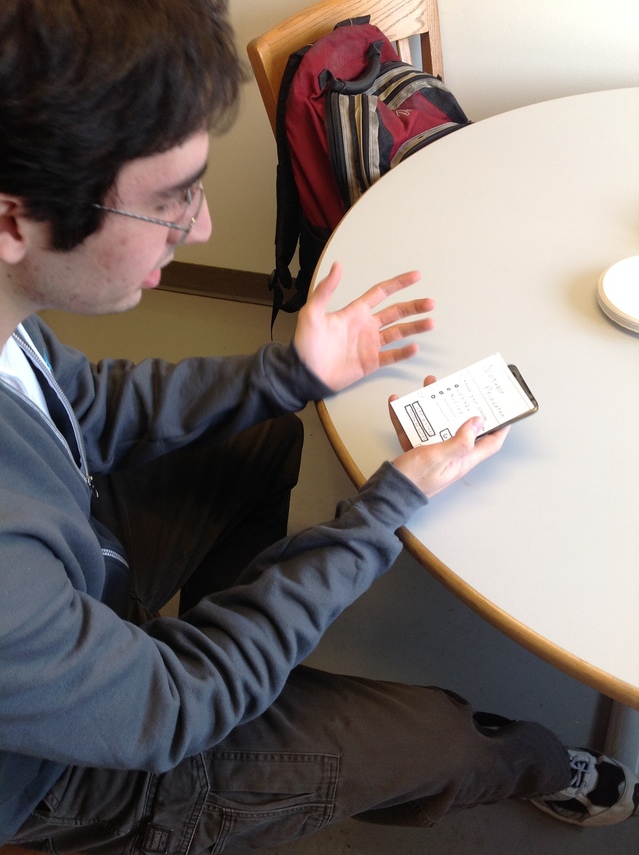
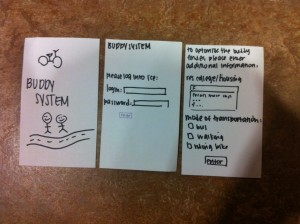
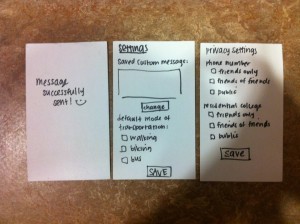
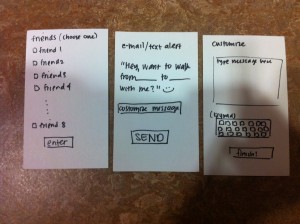
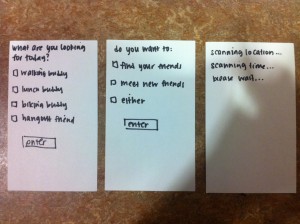
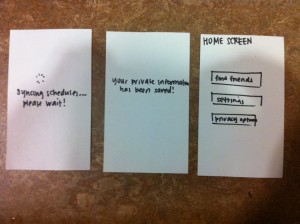
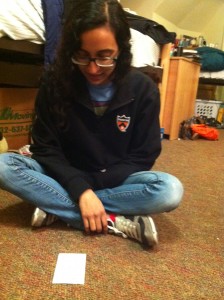
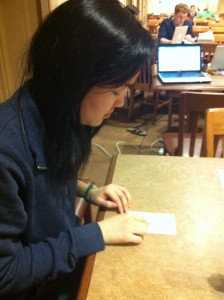
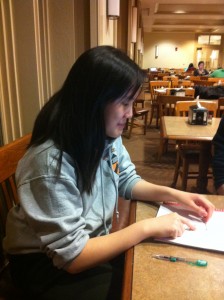
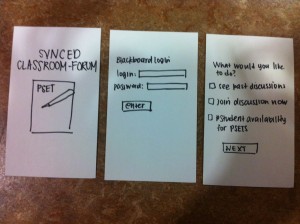
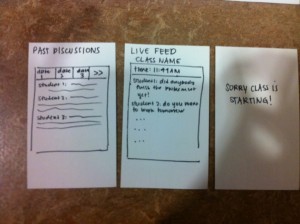
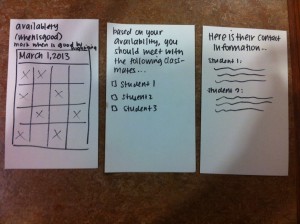
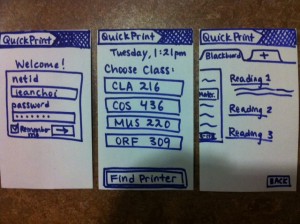
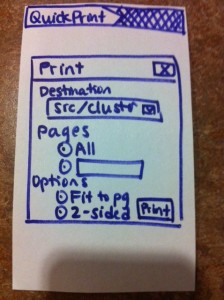 3.
3. 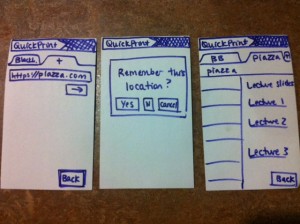
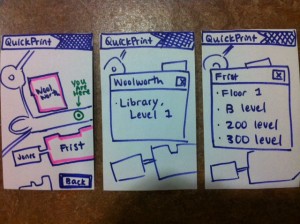
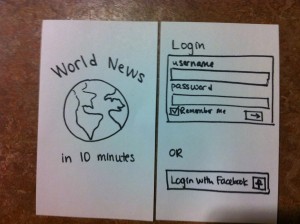 2.
2. 